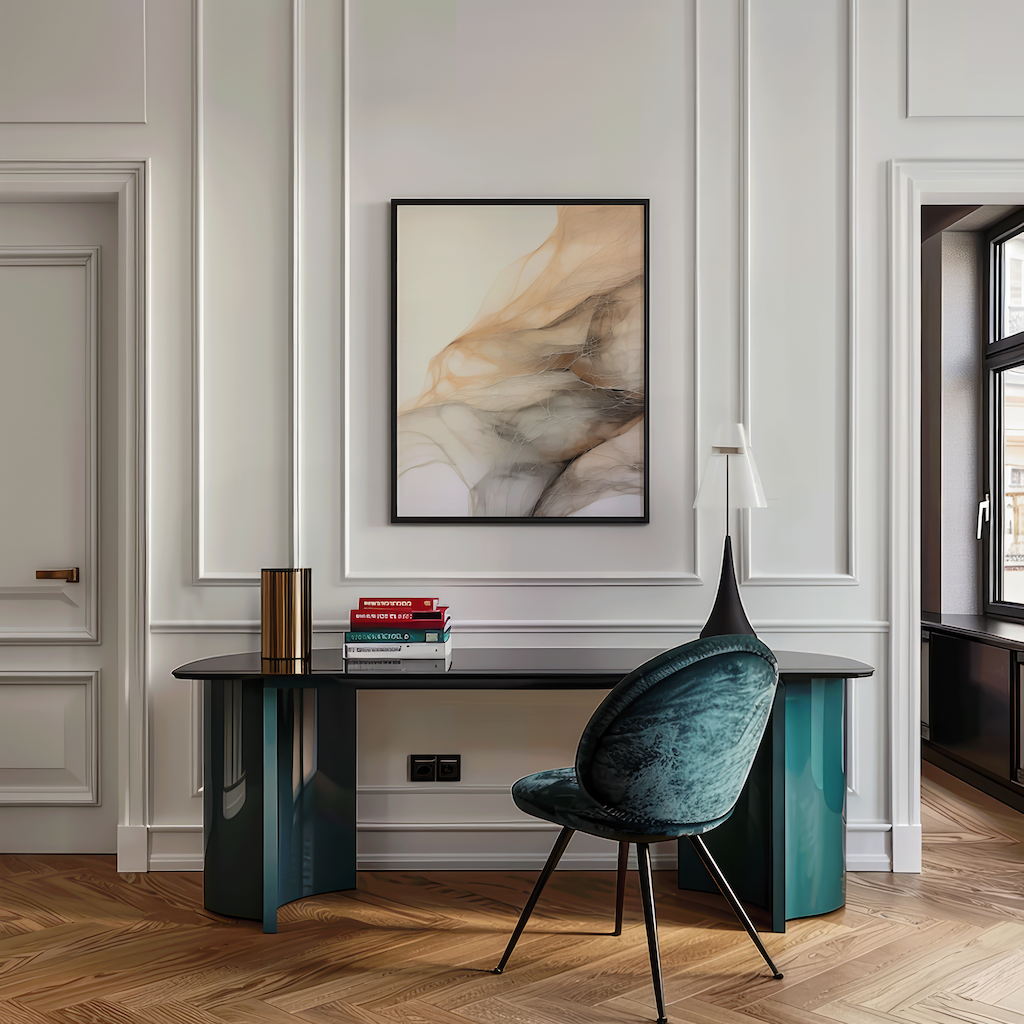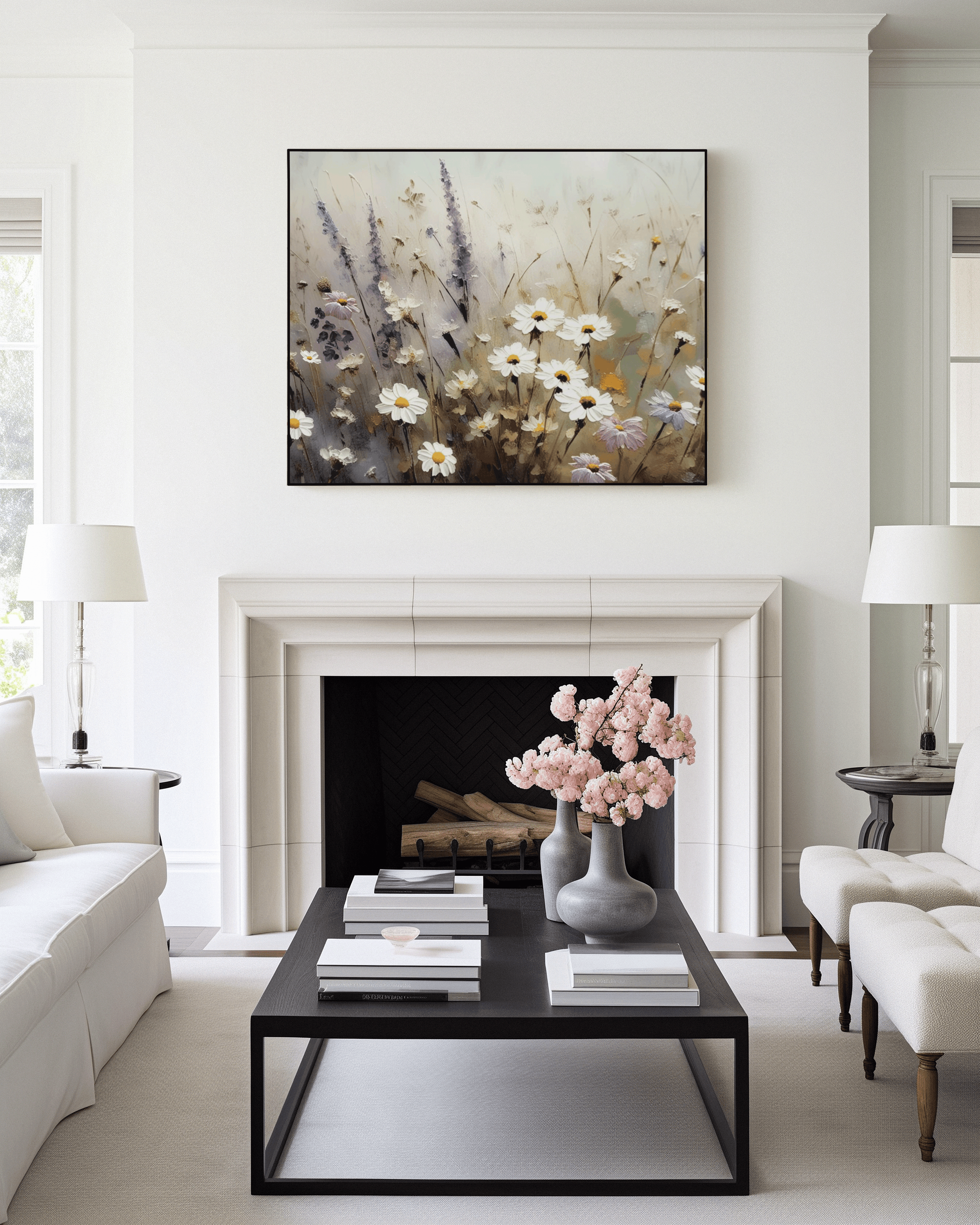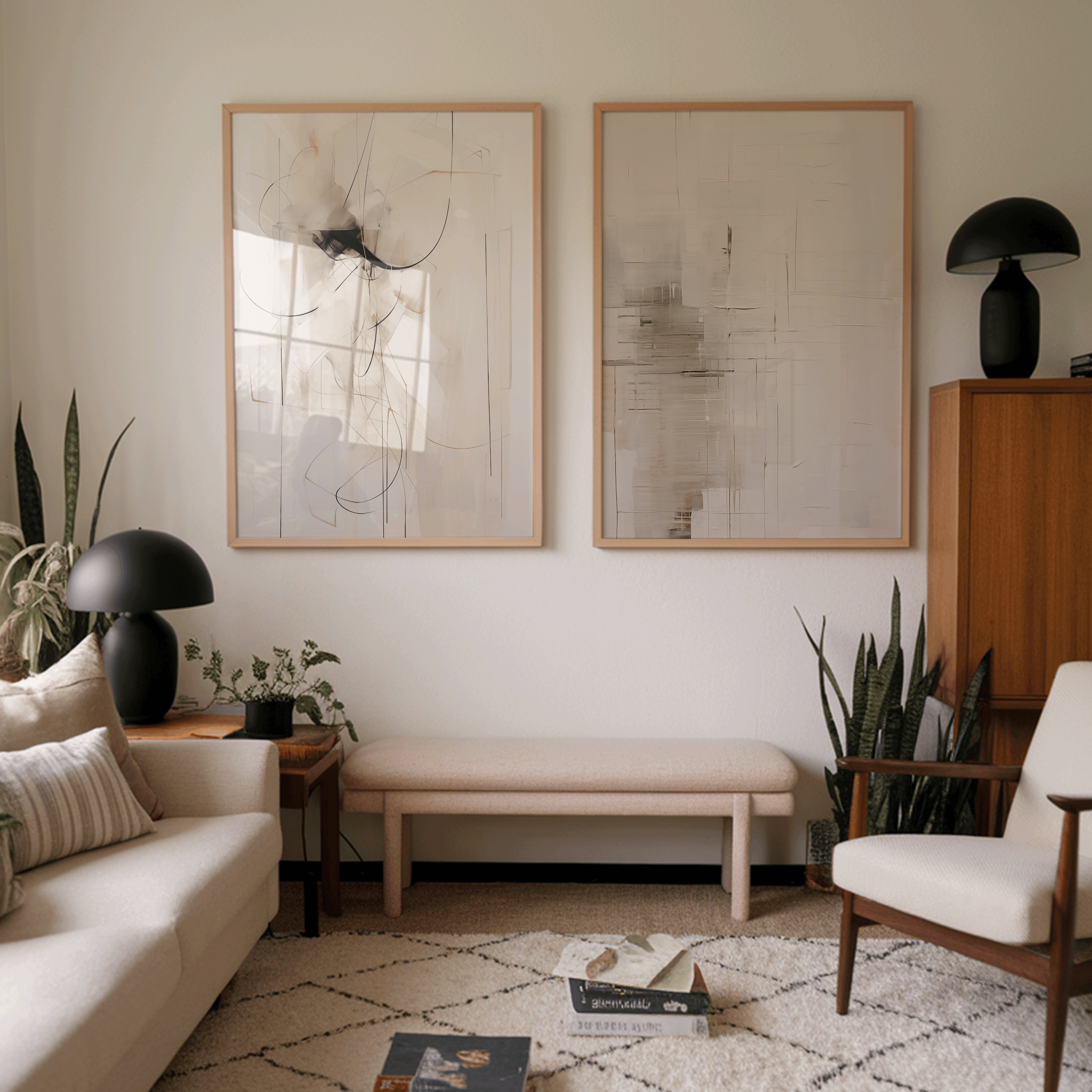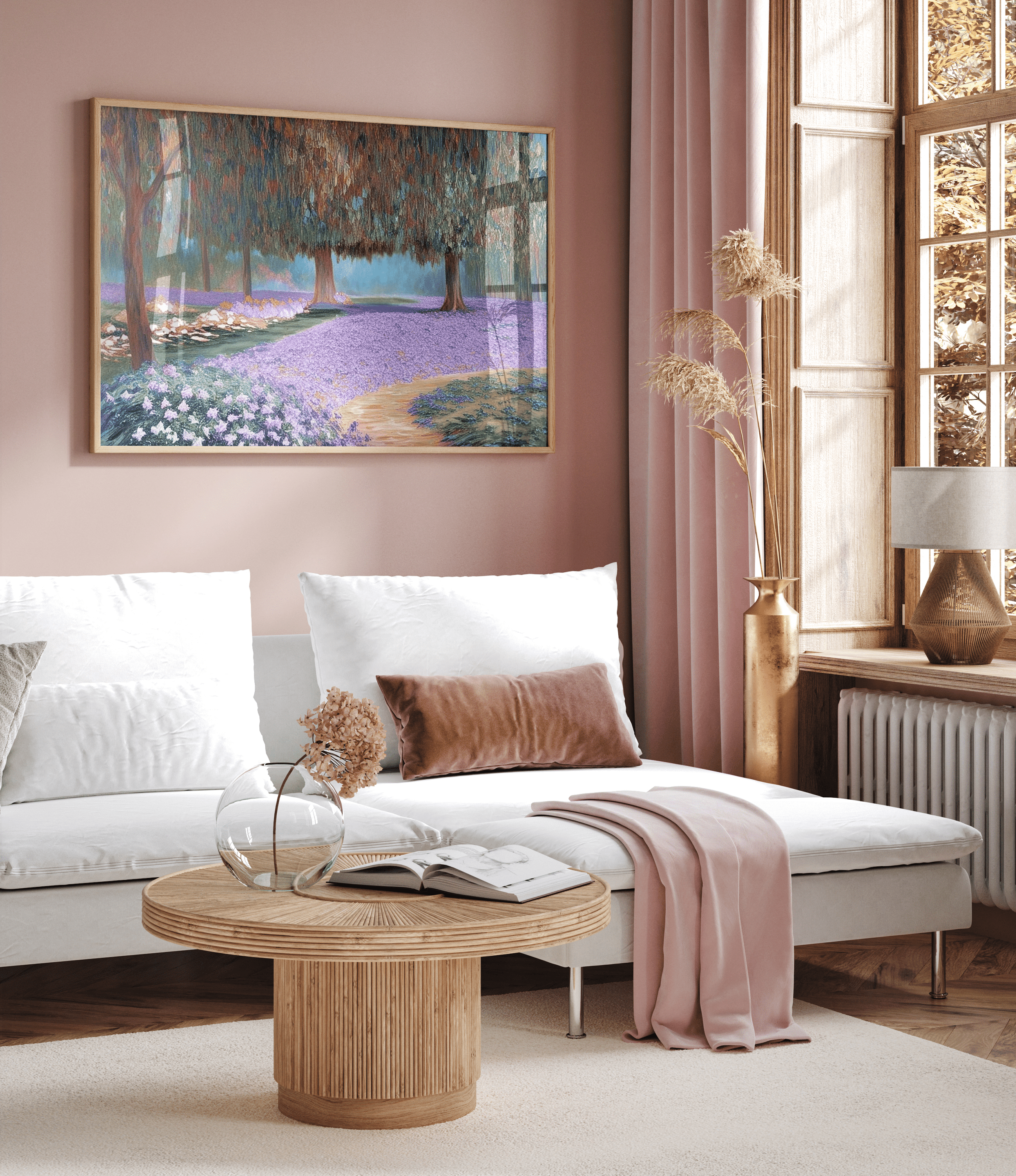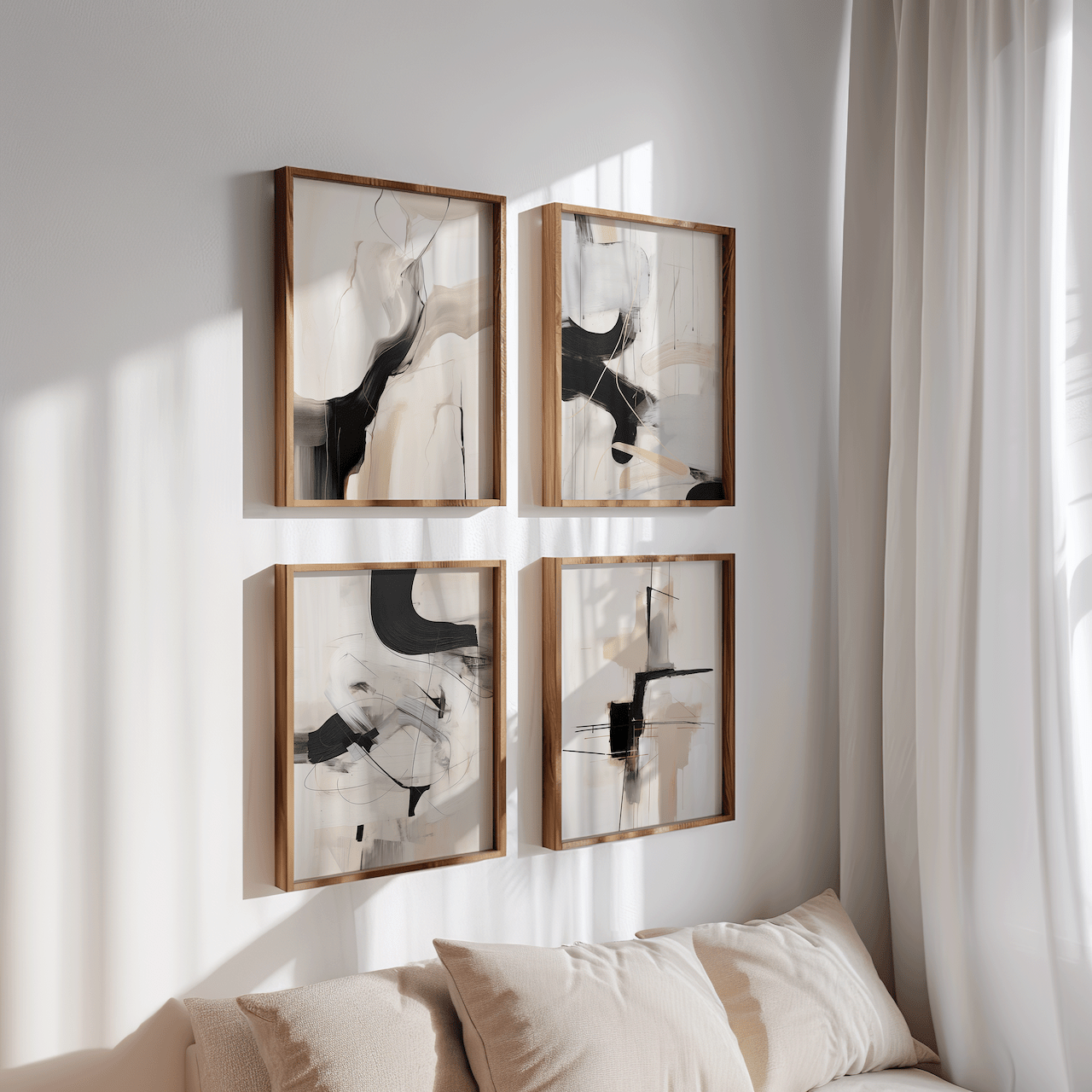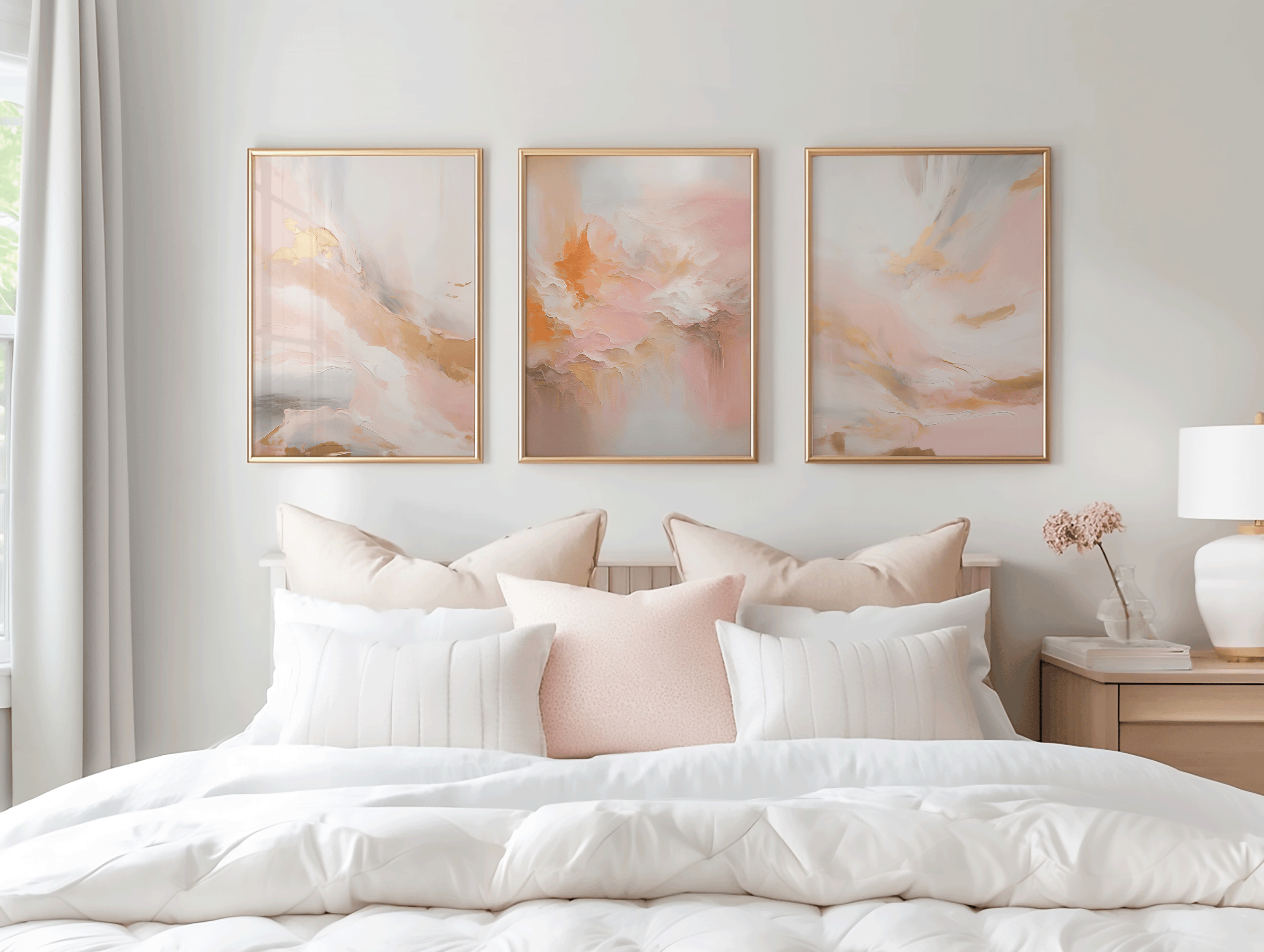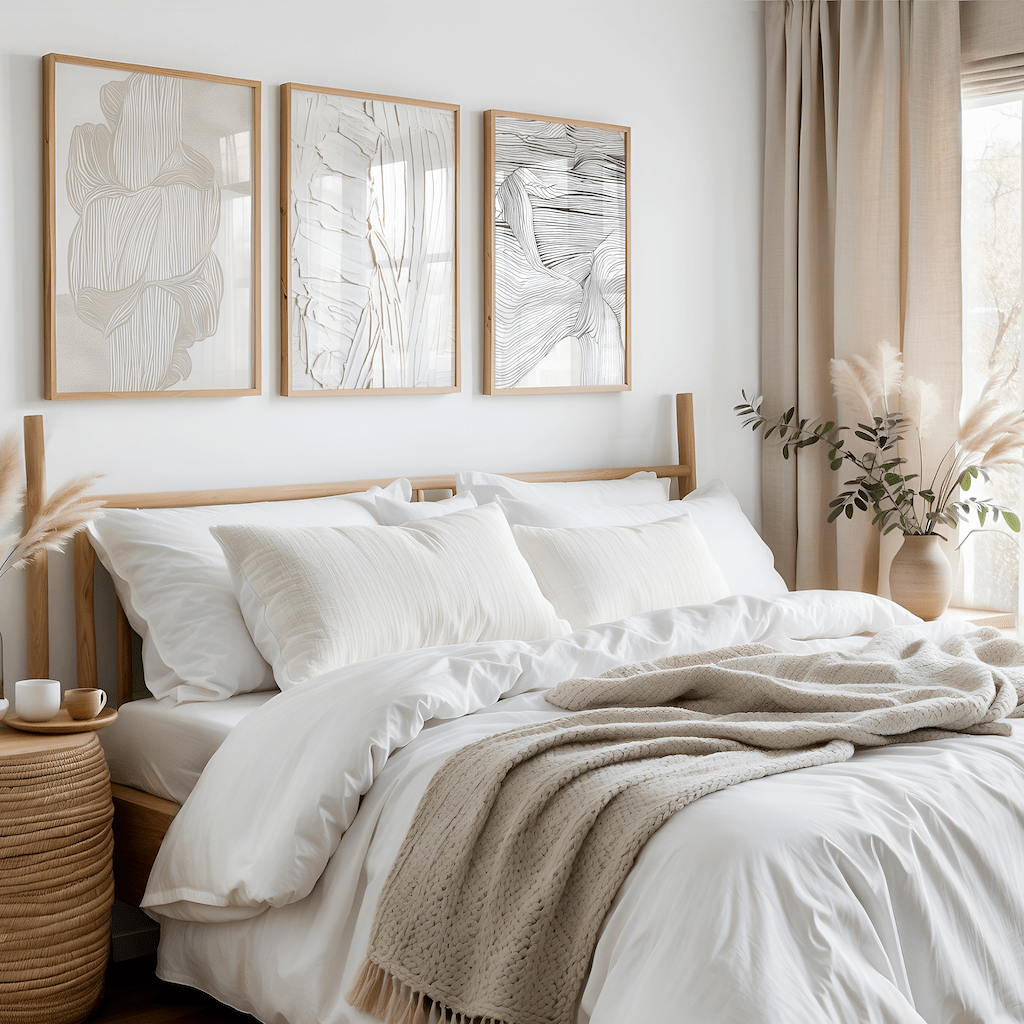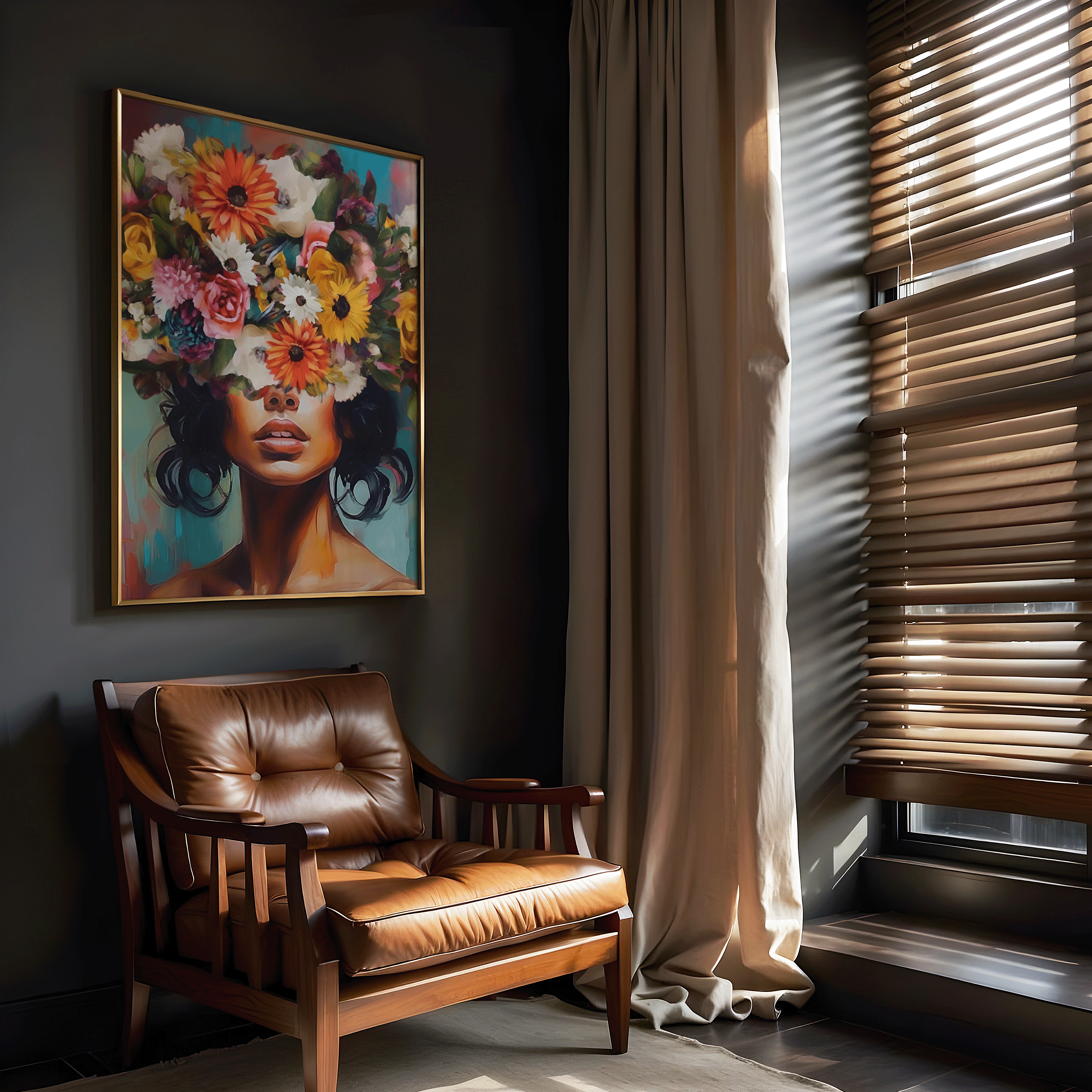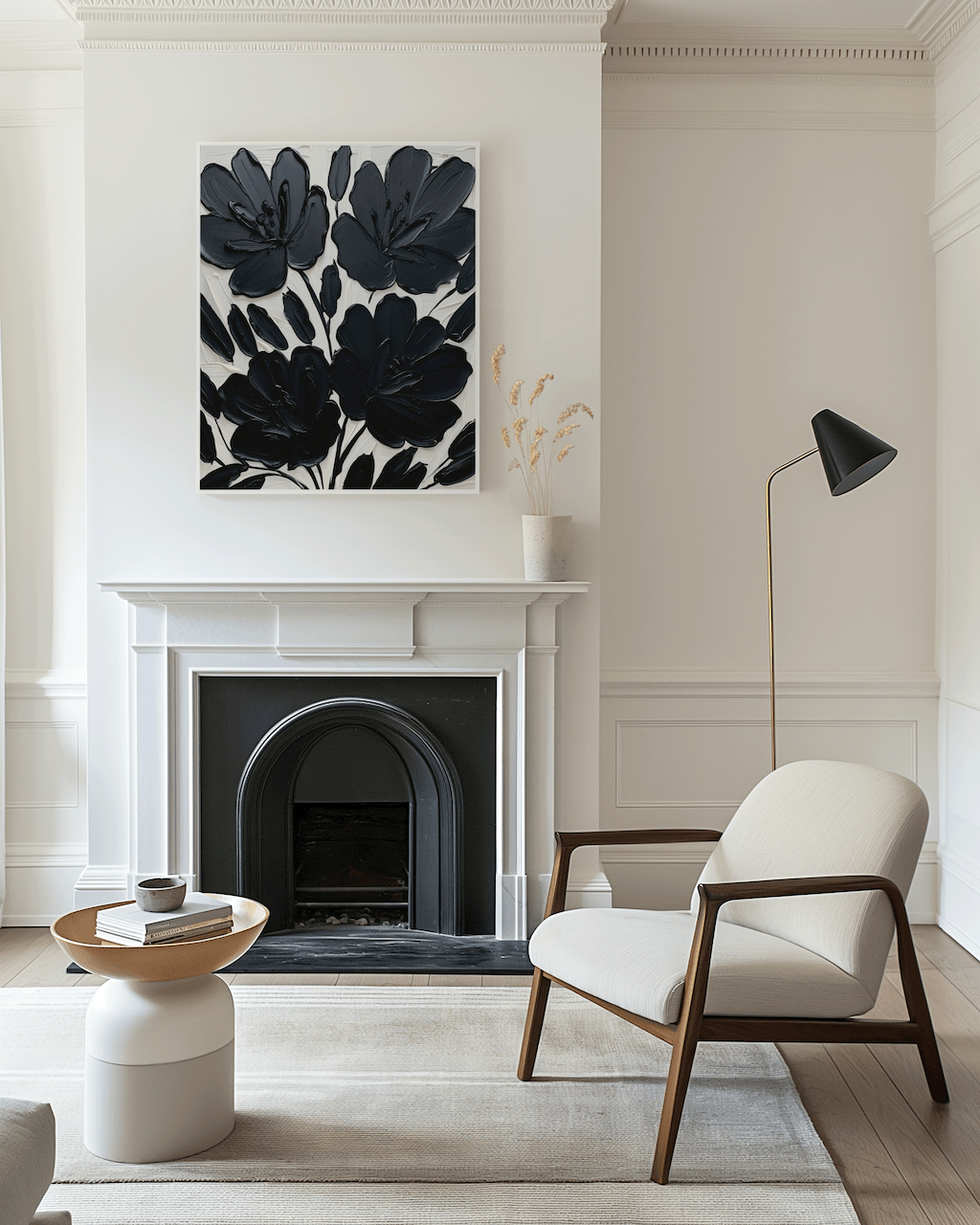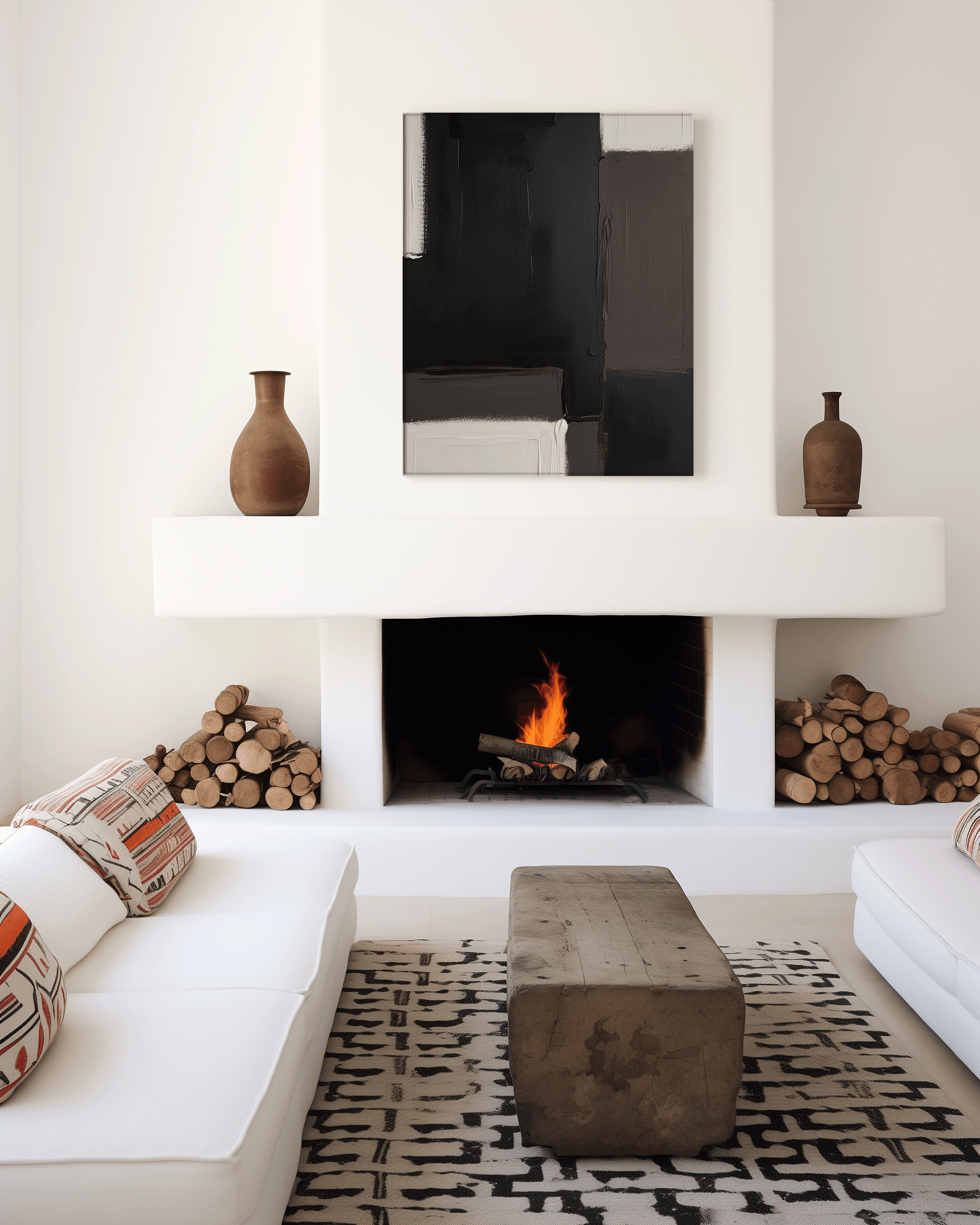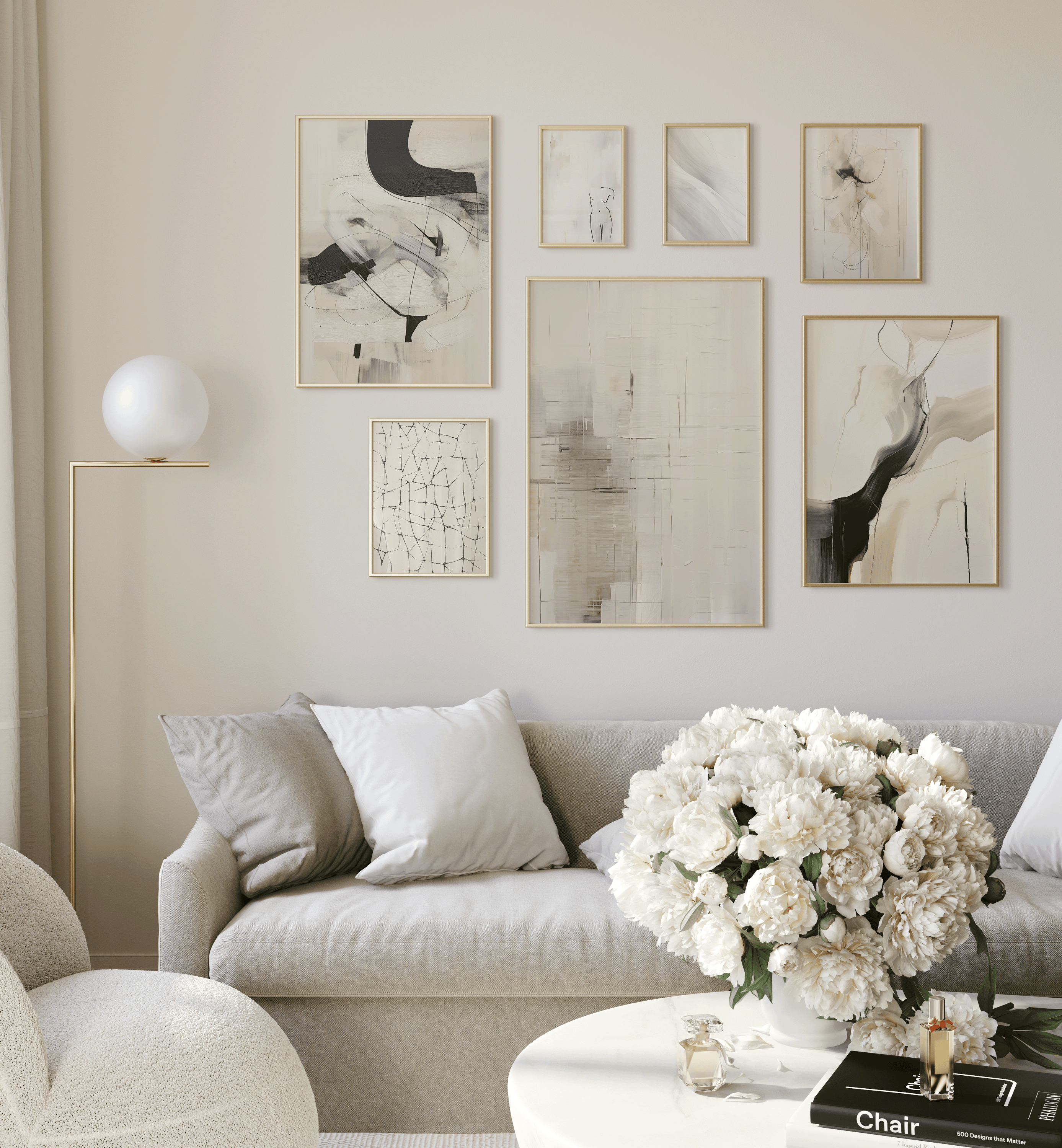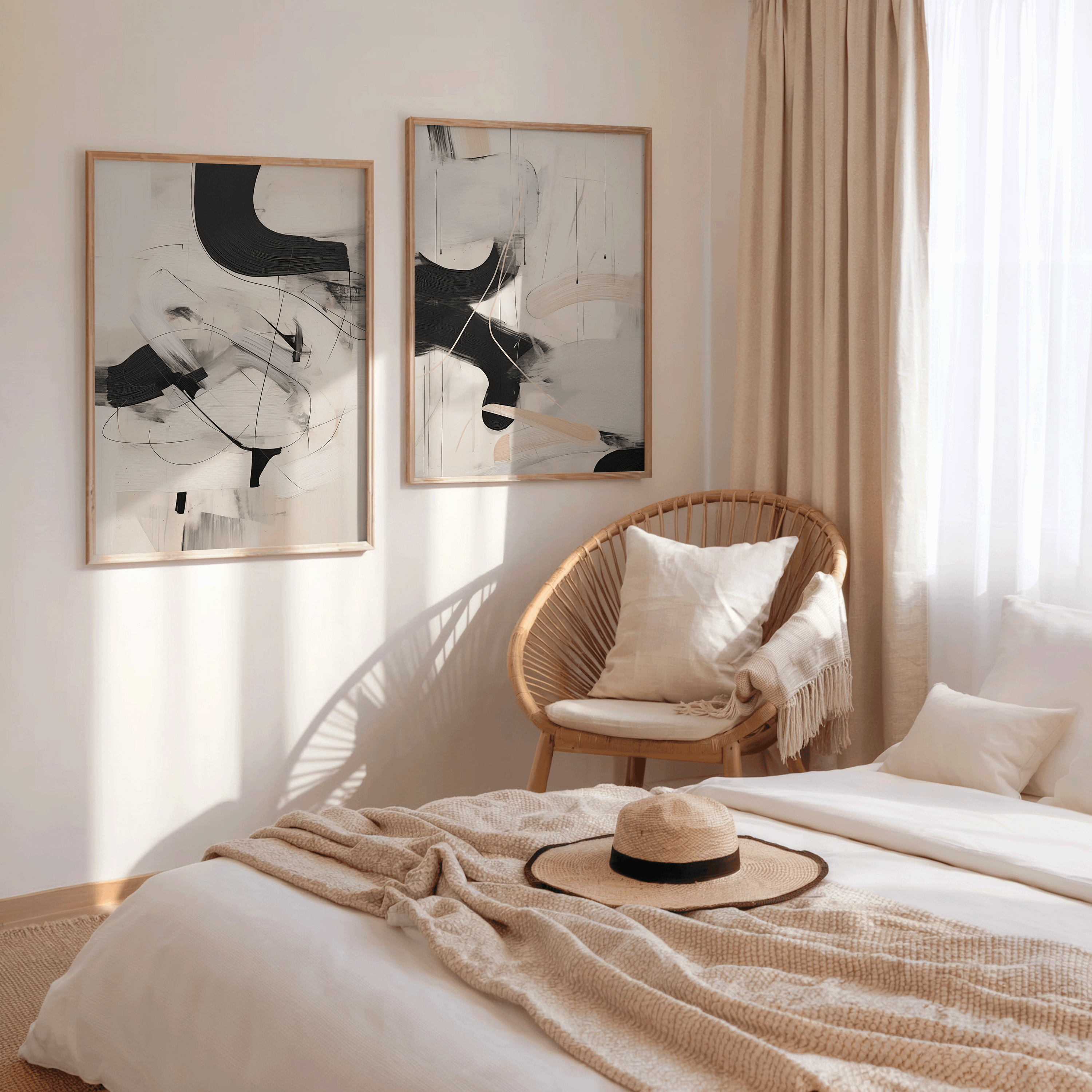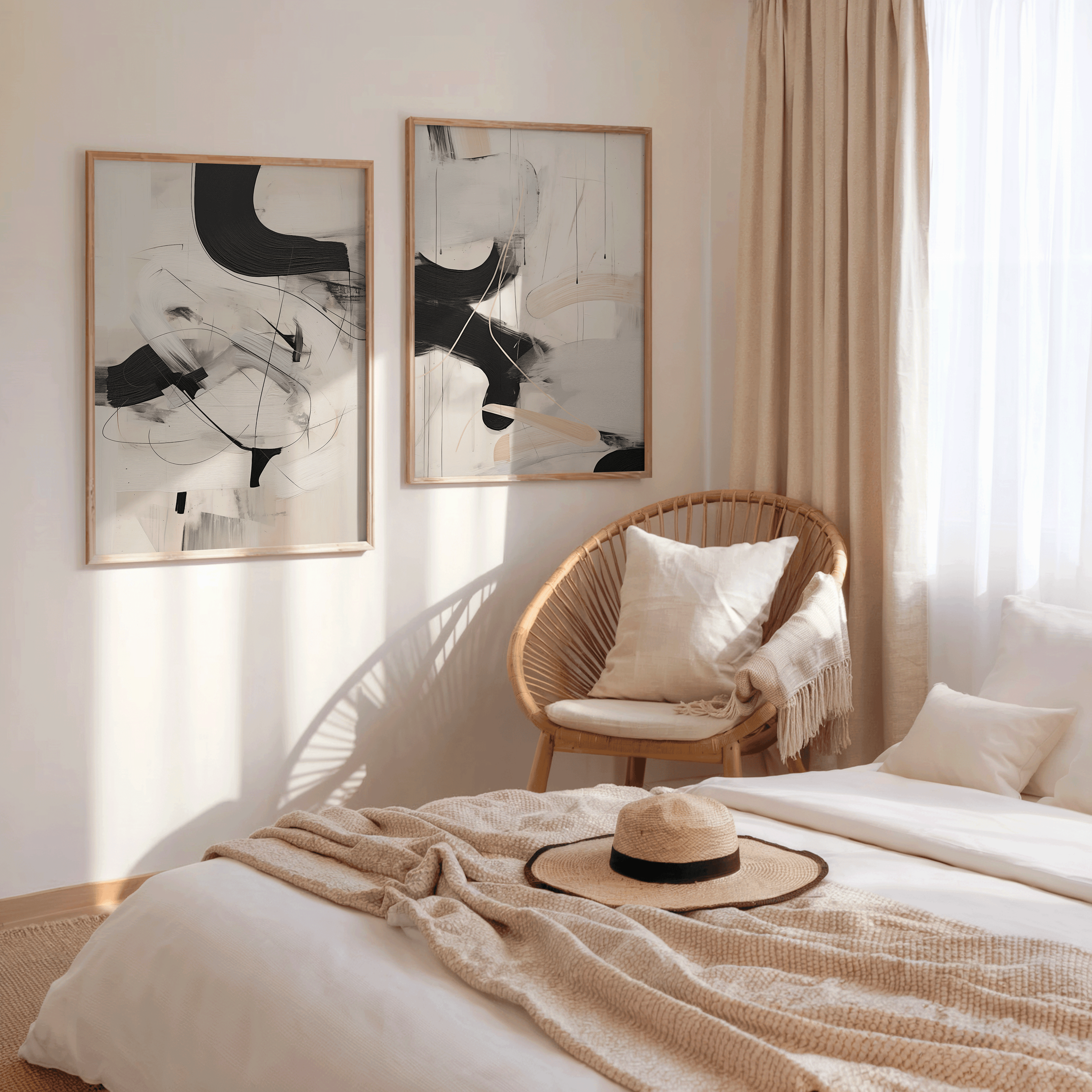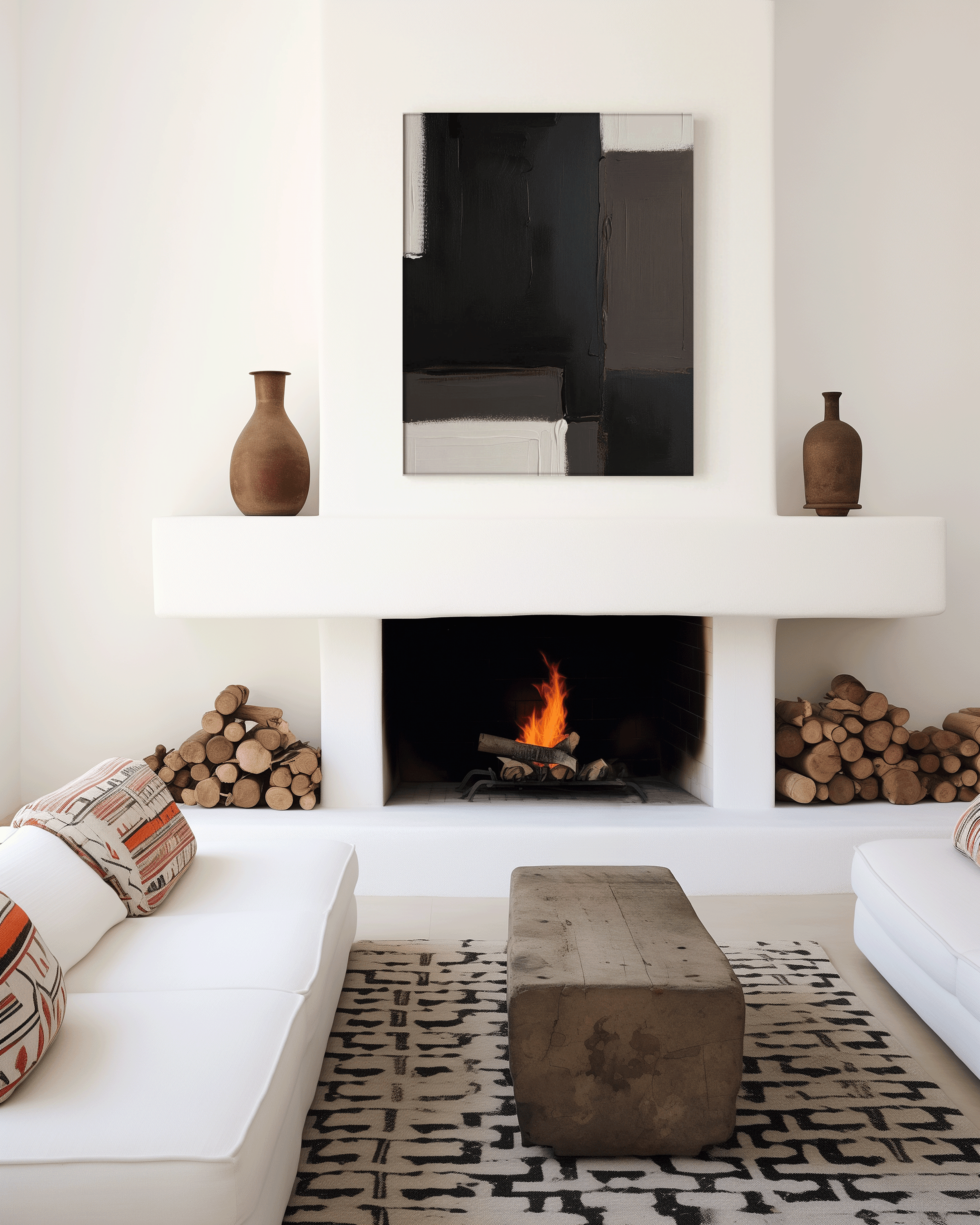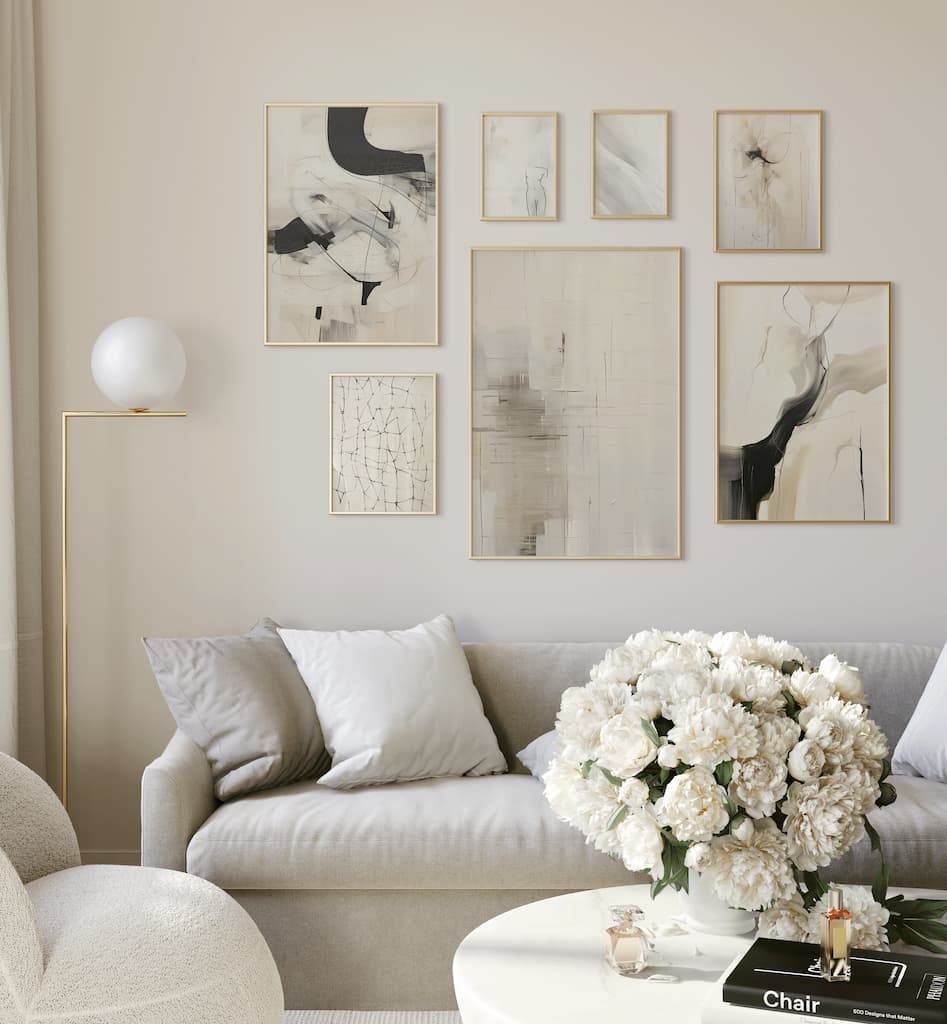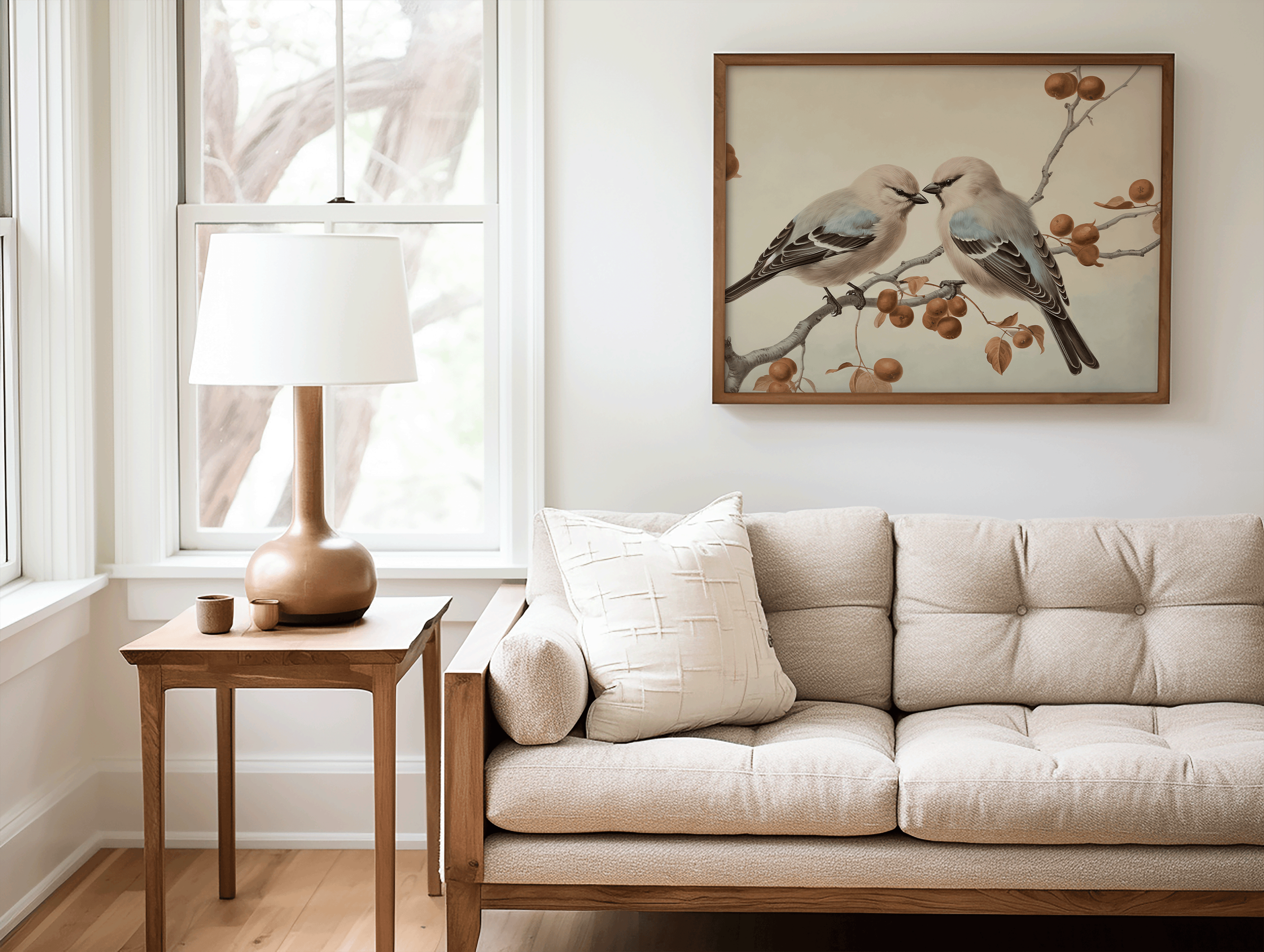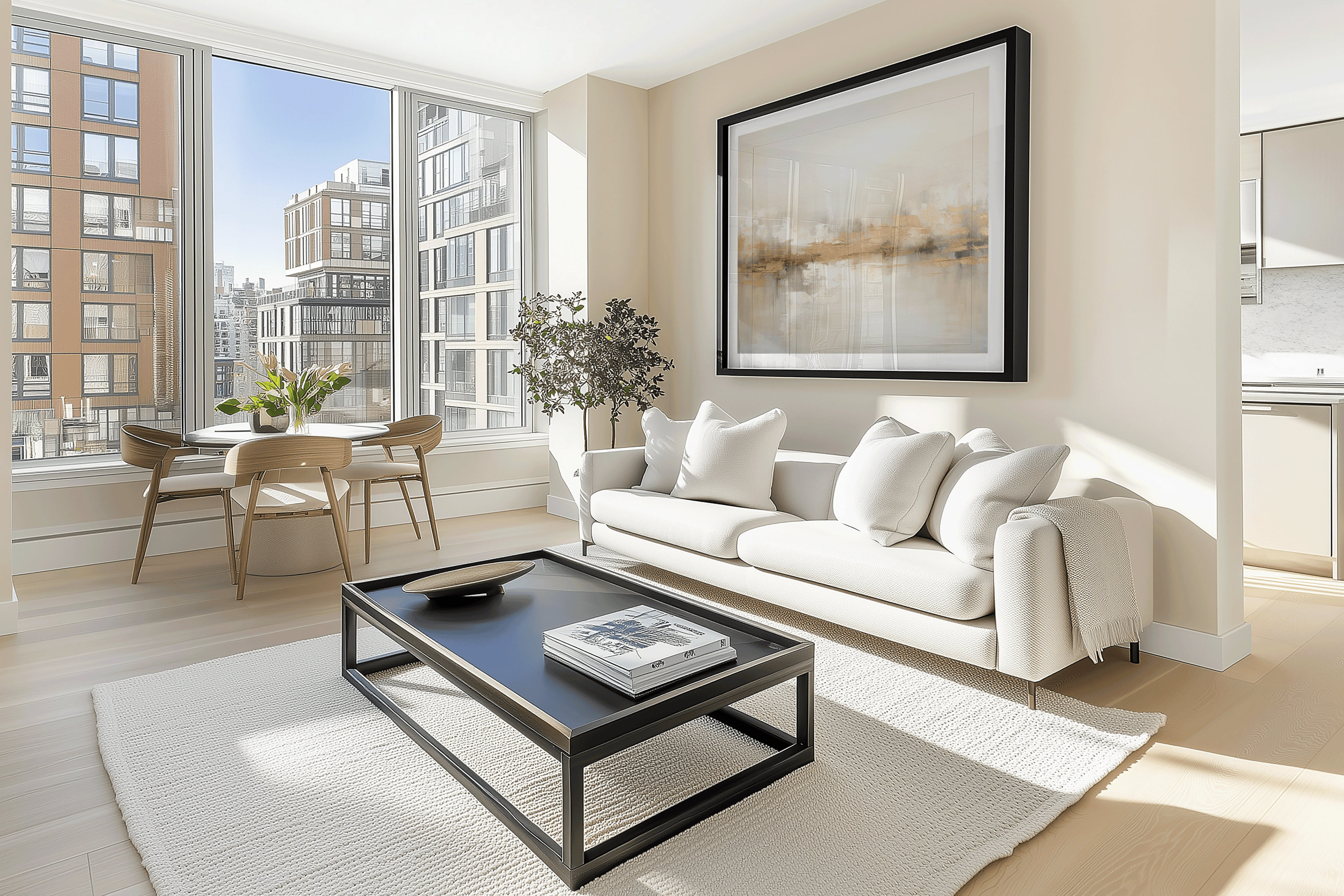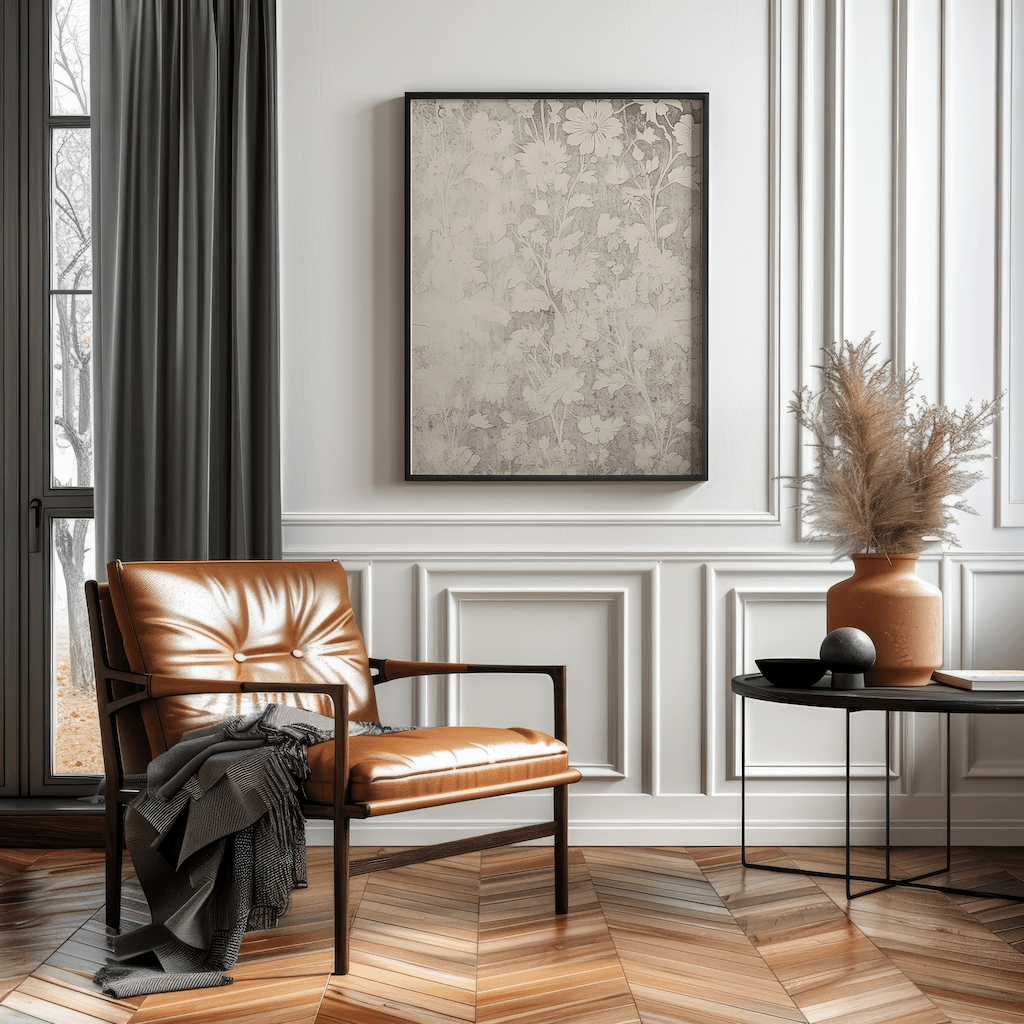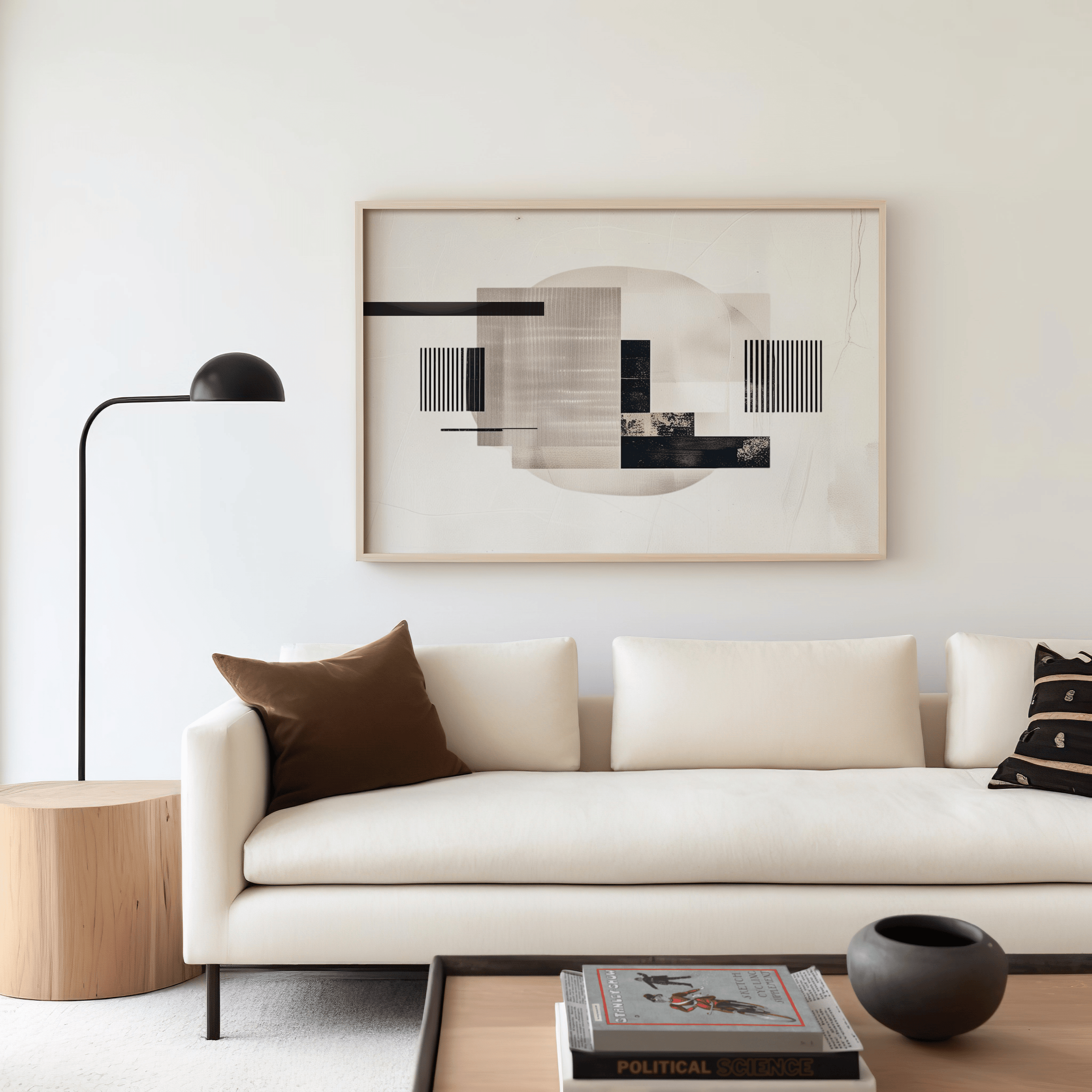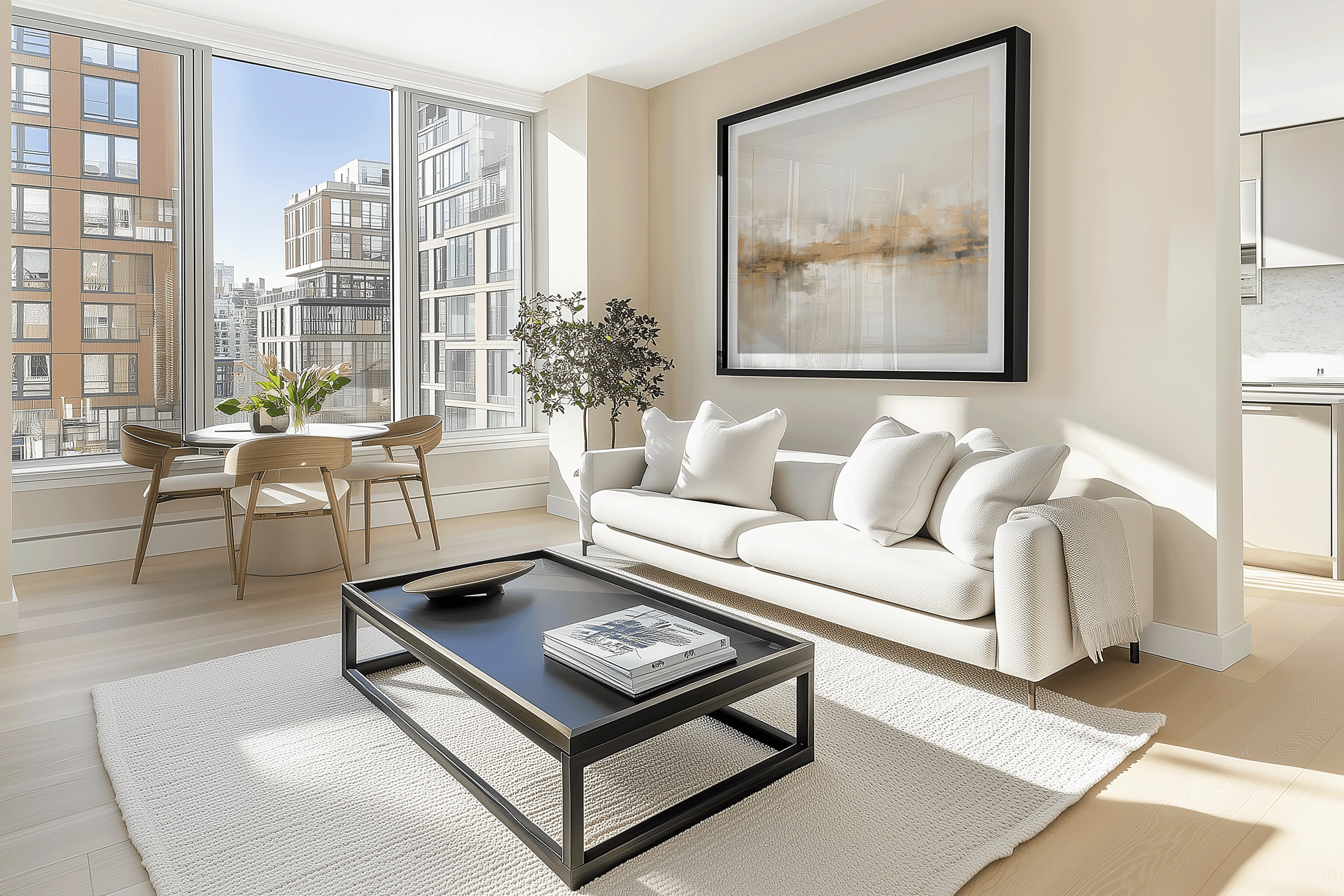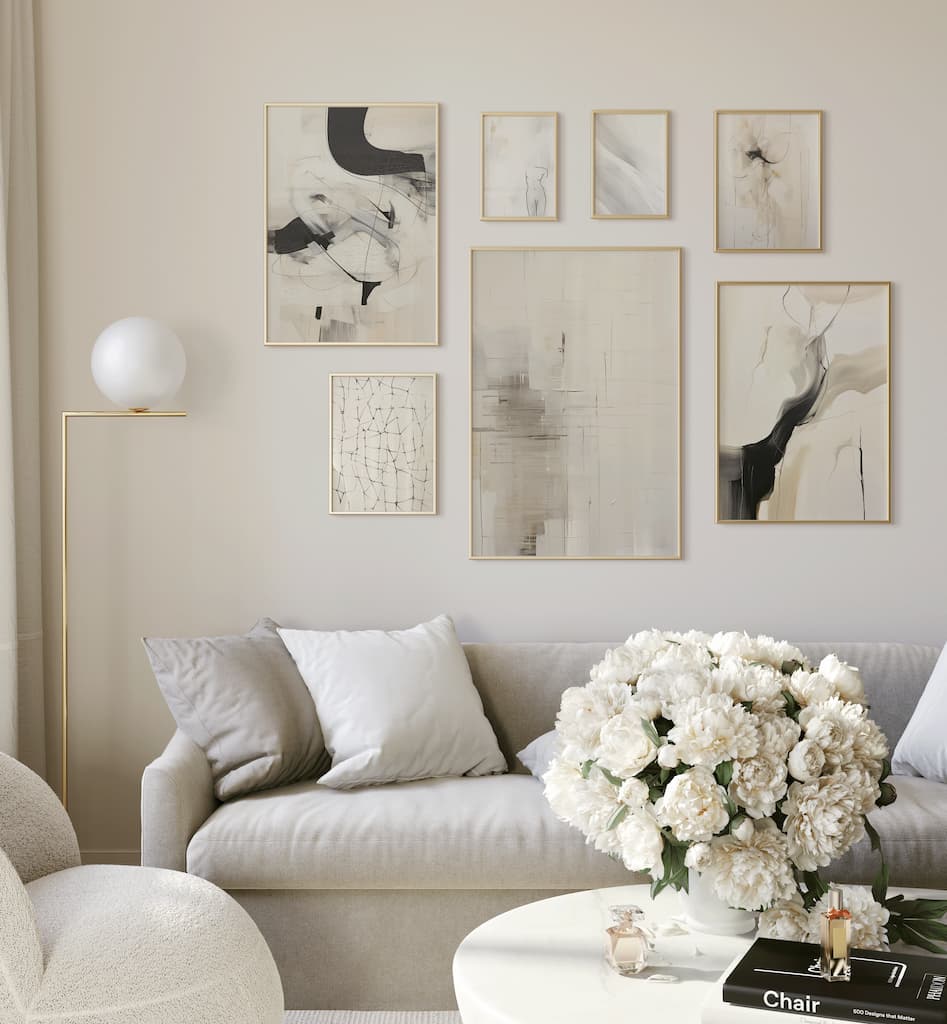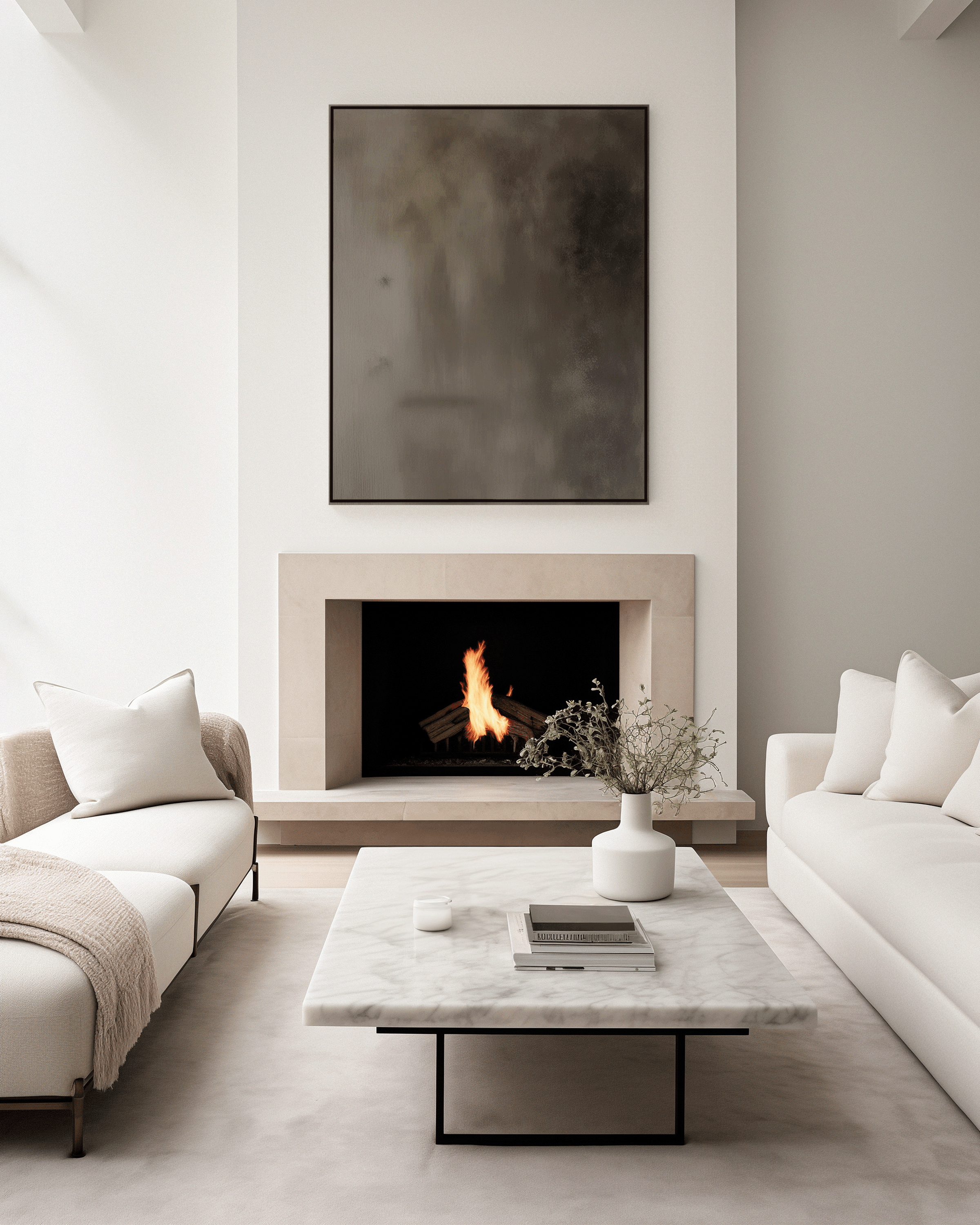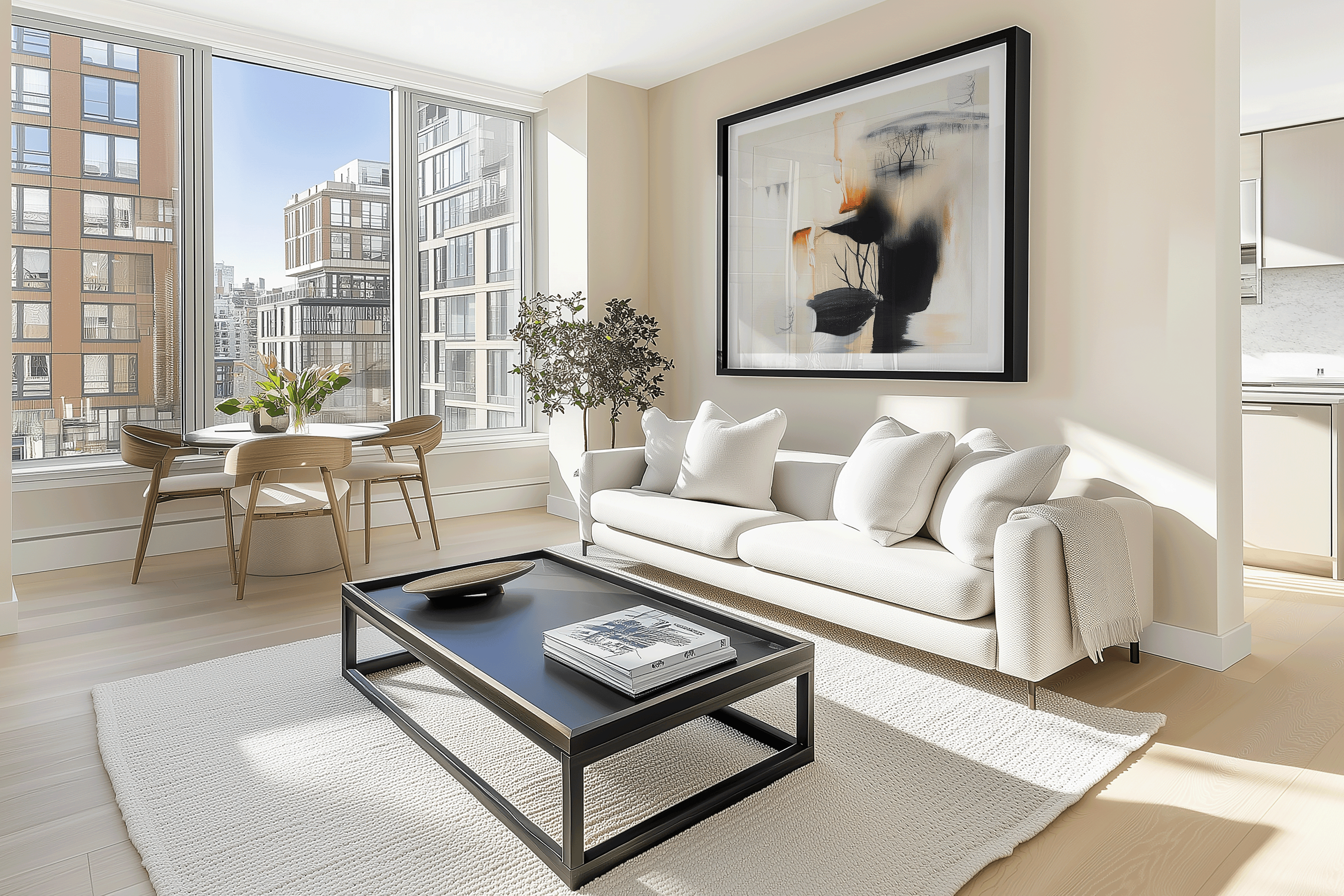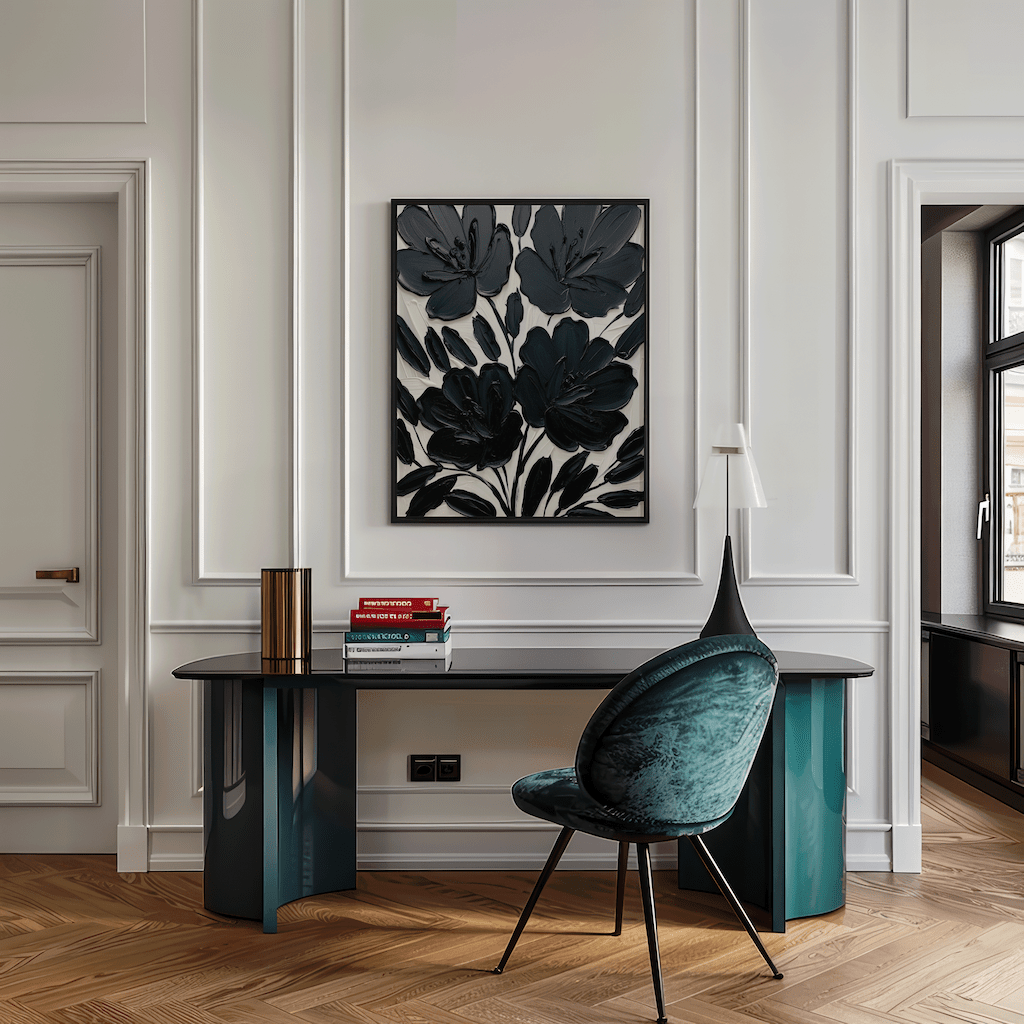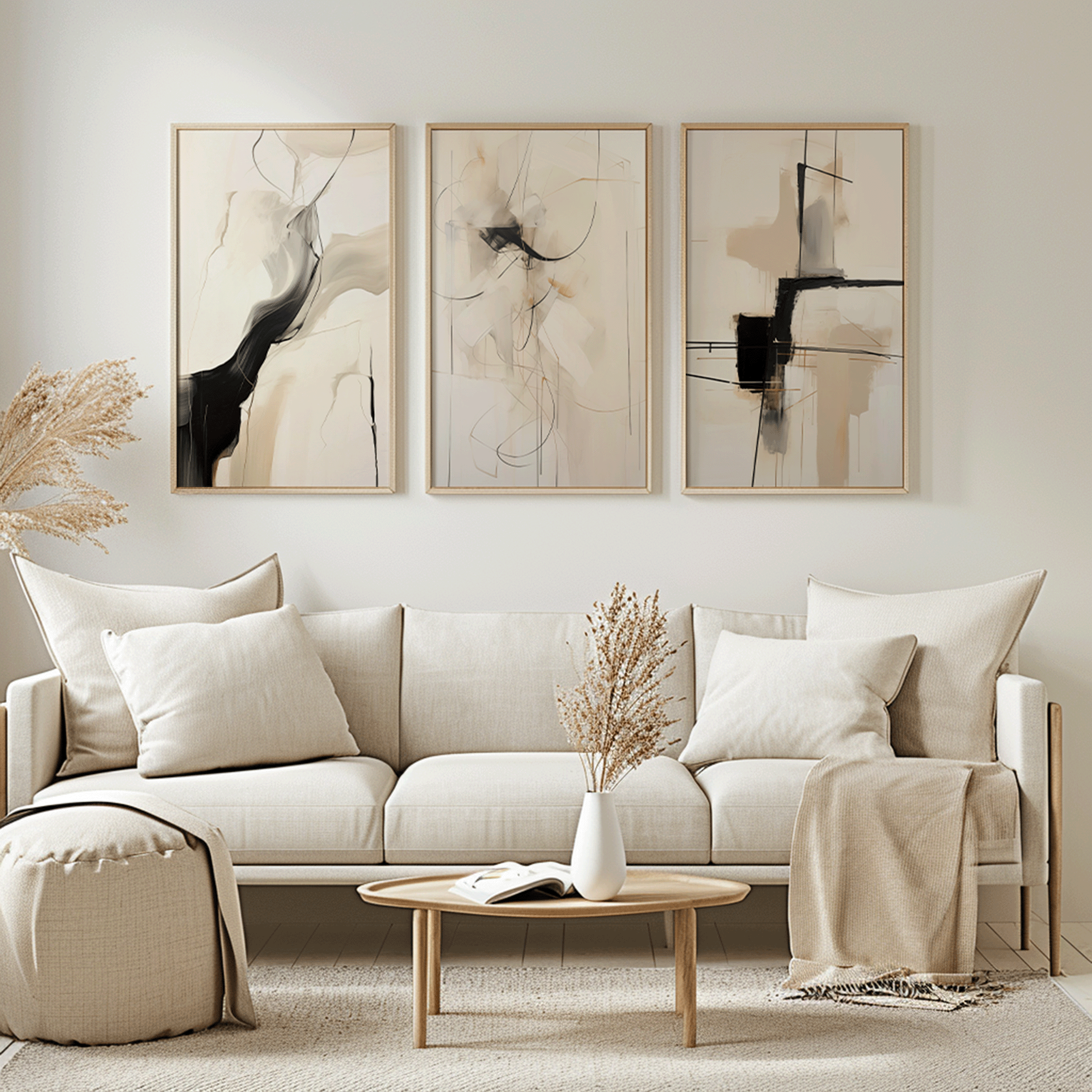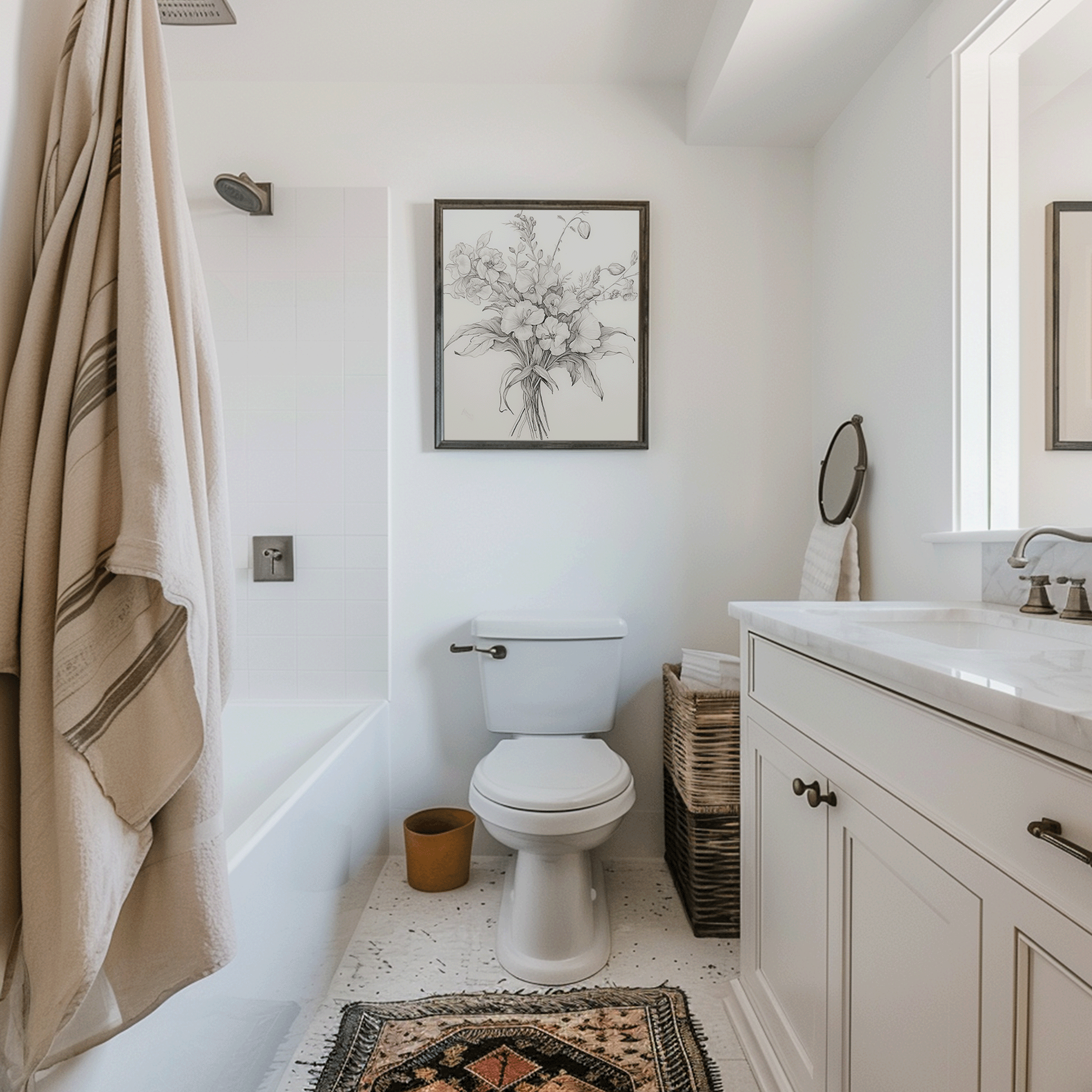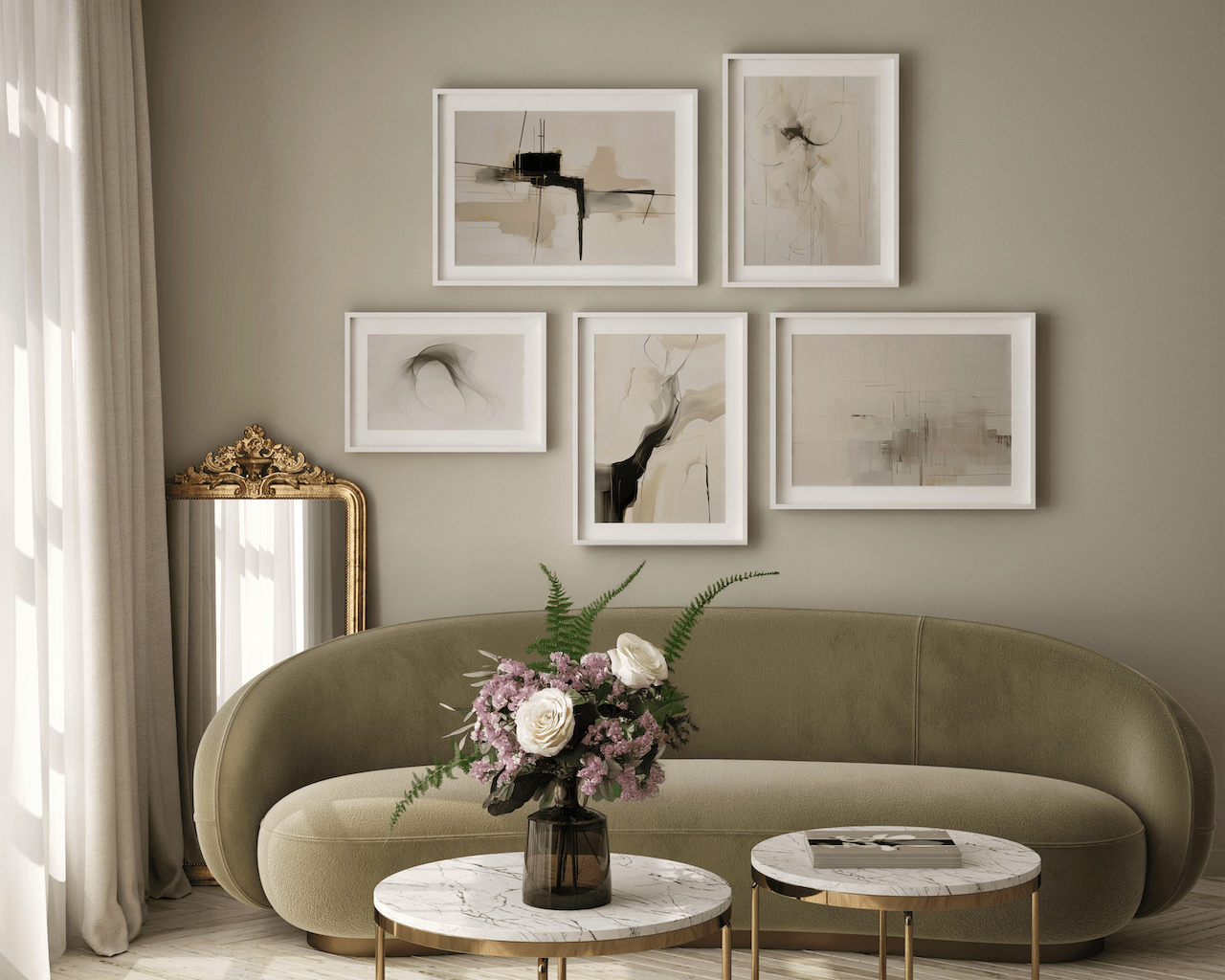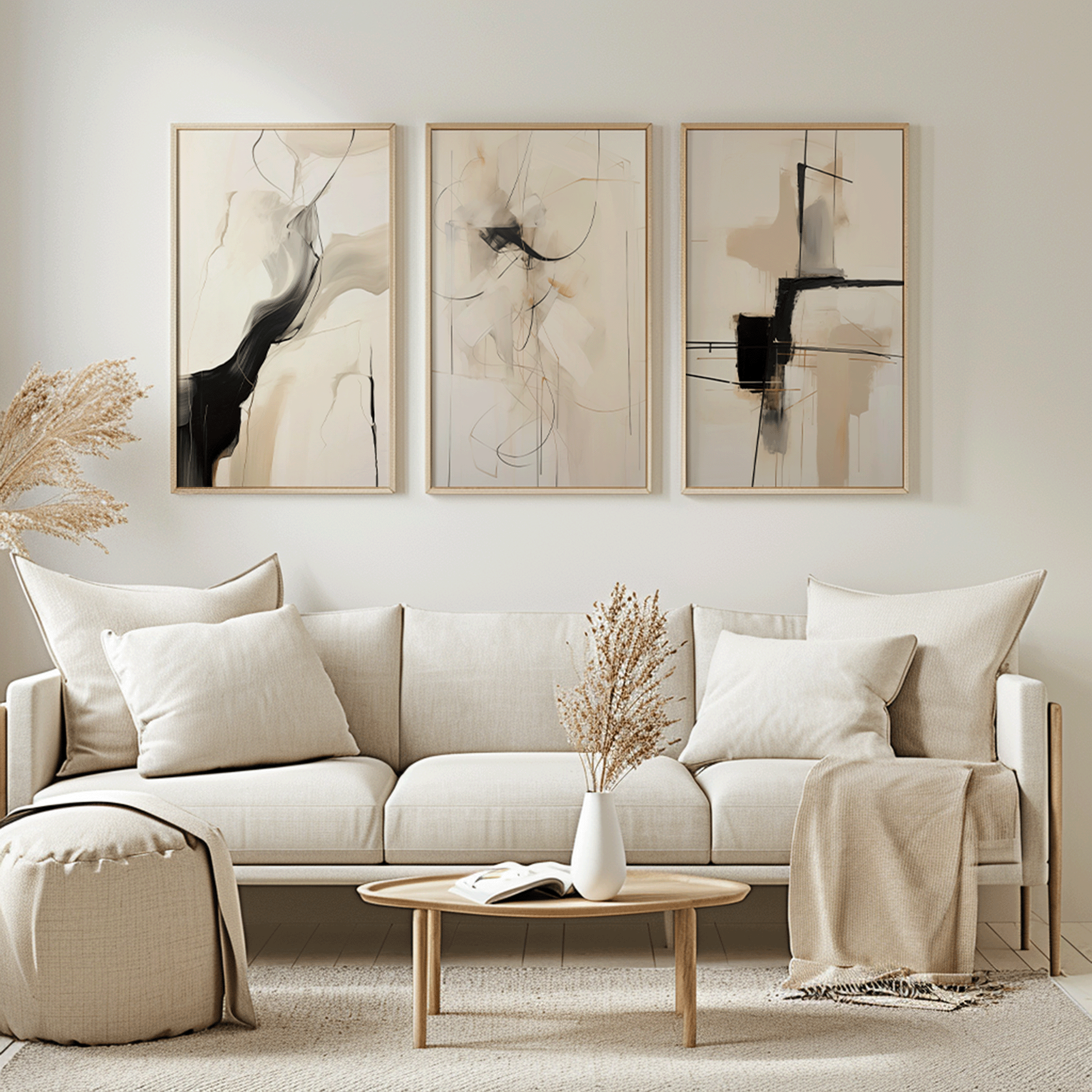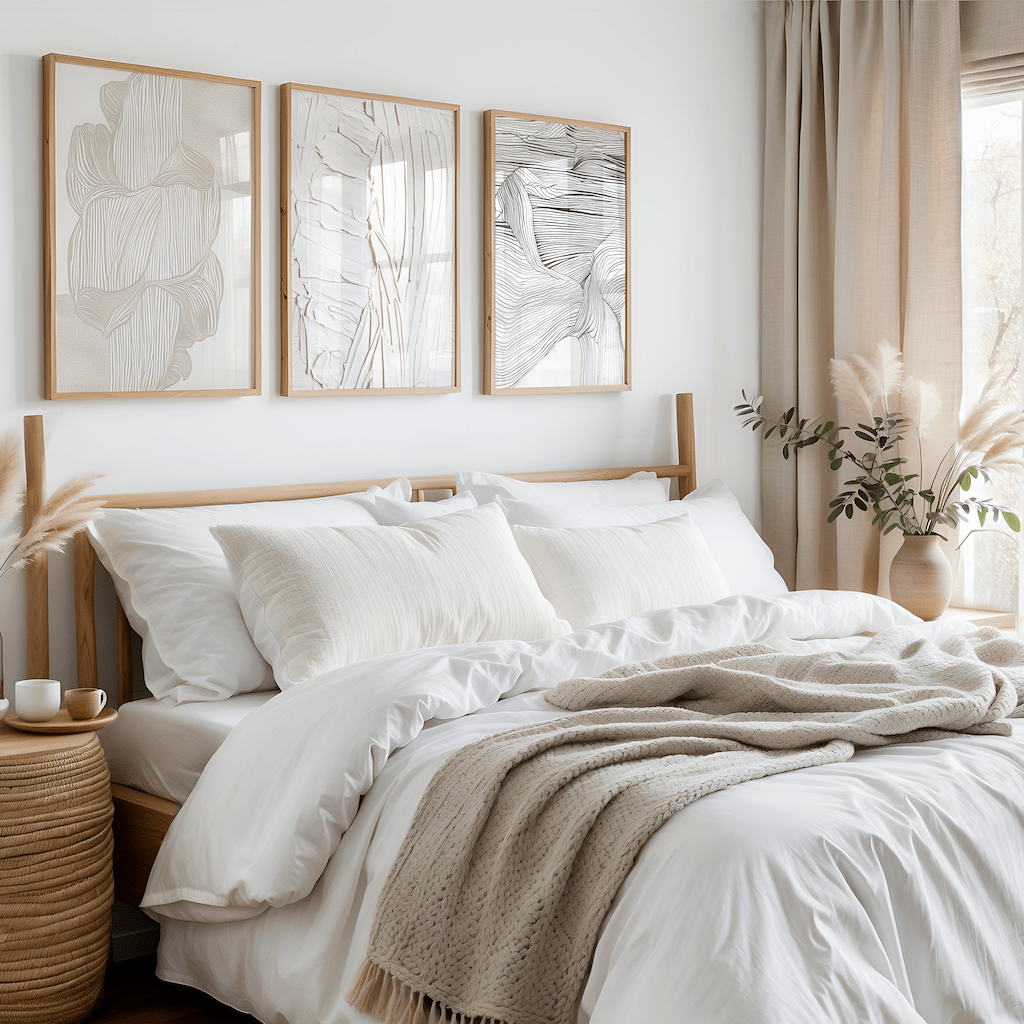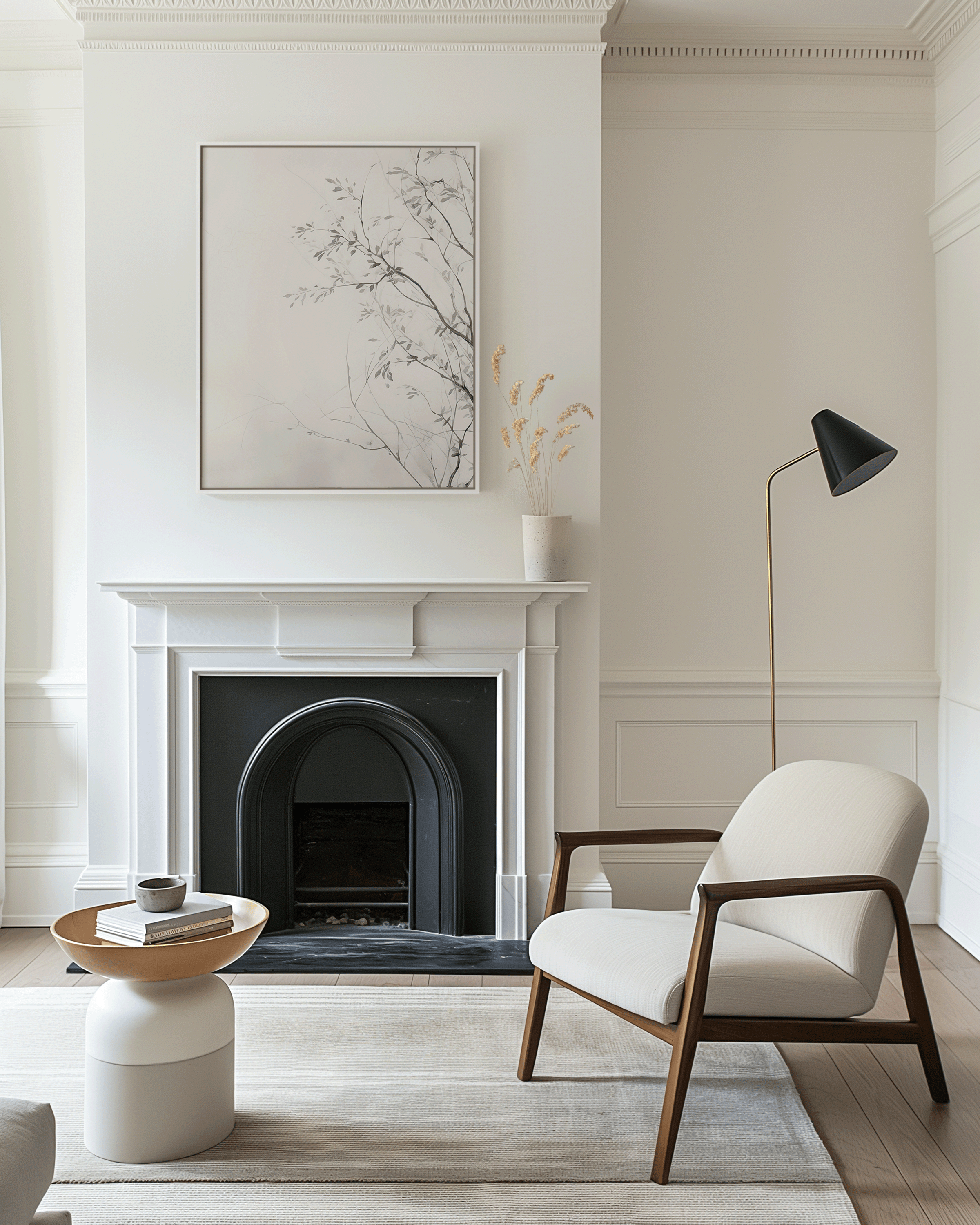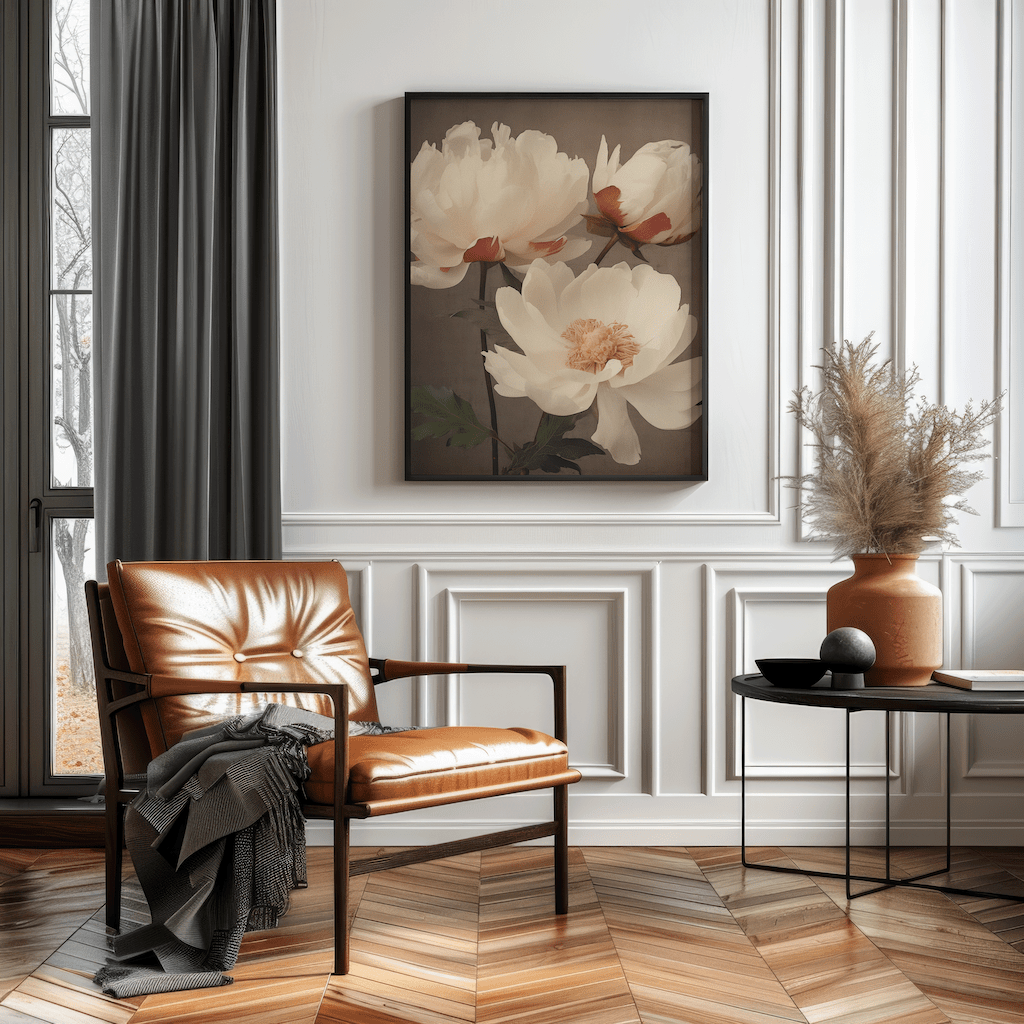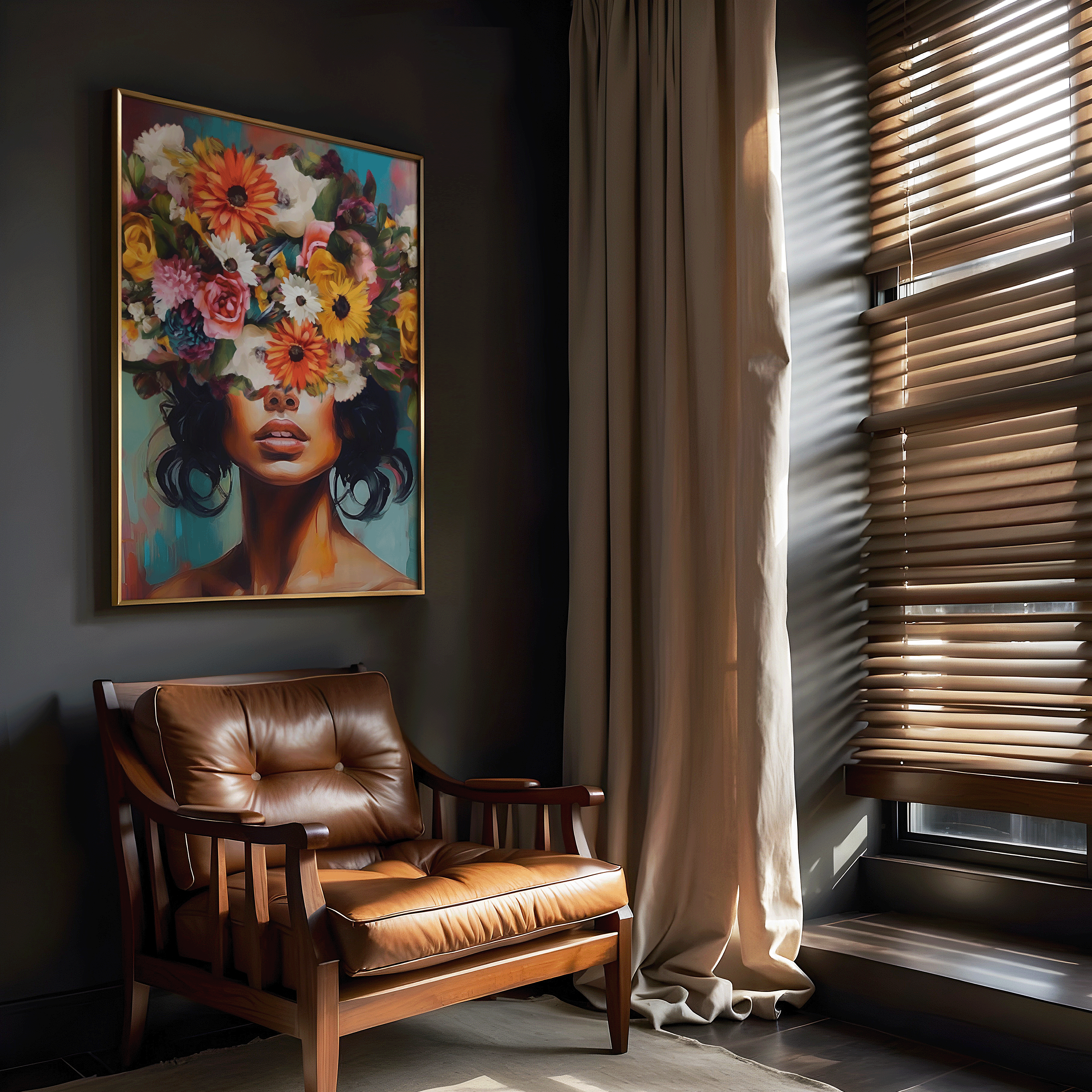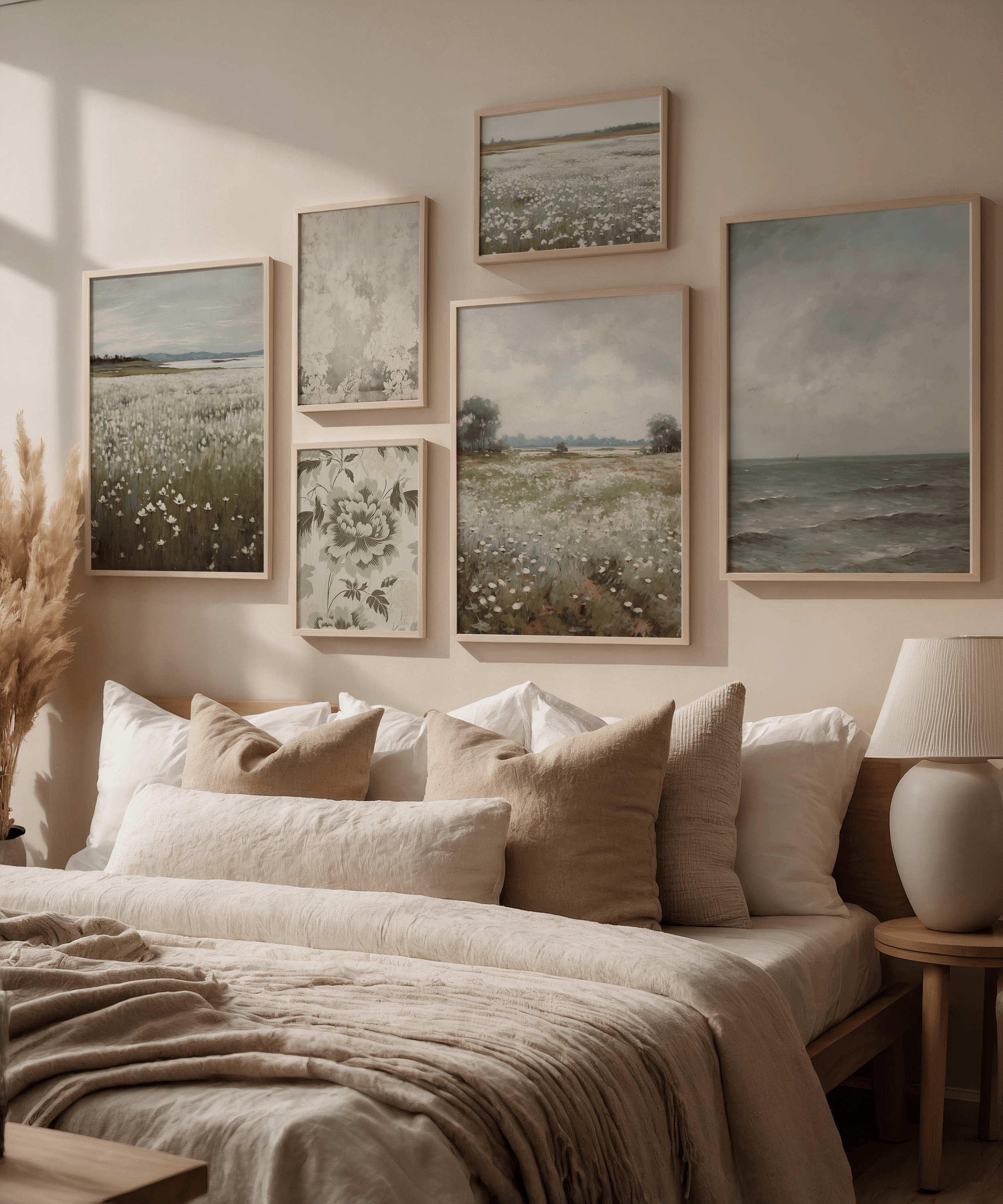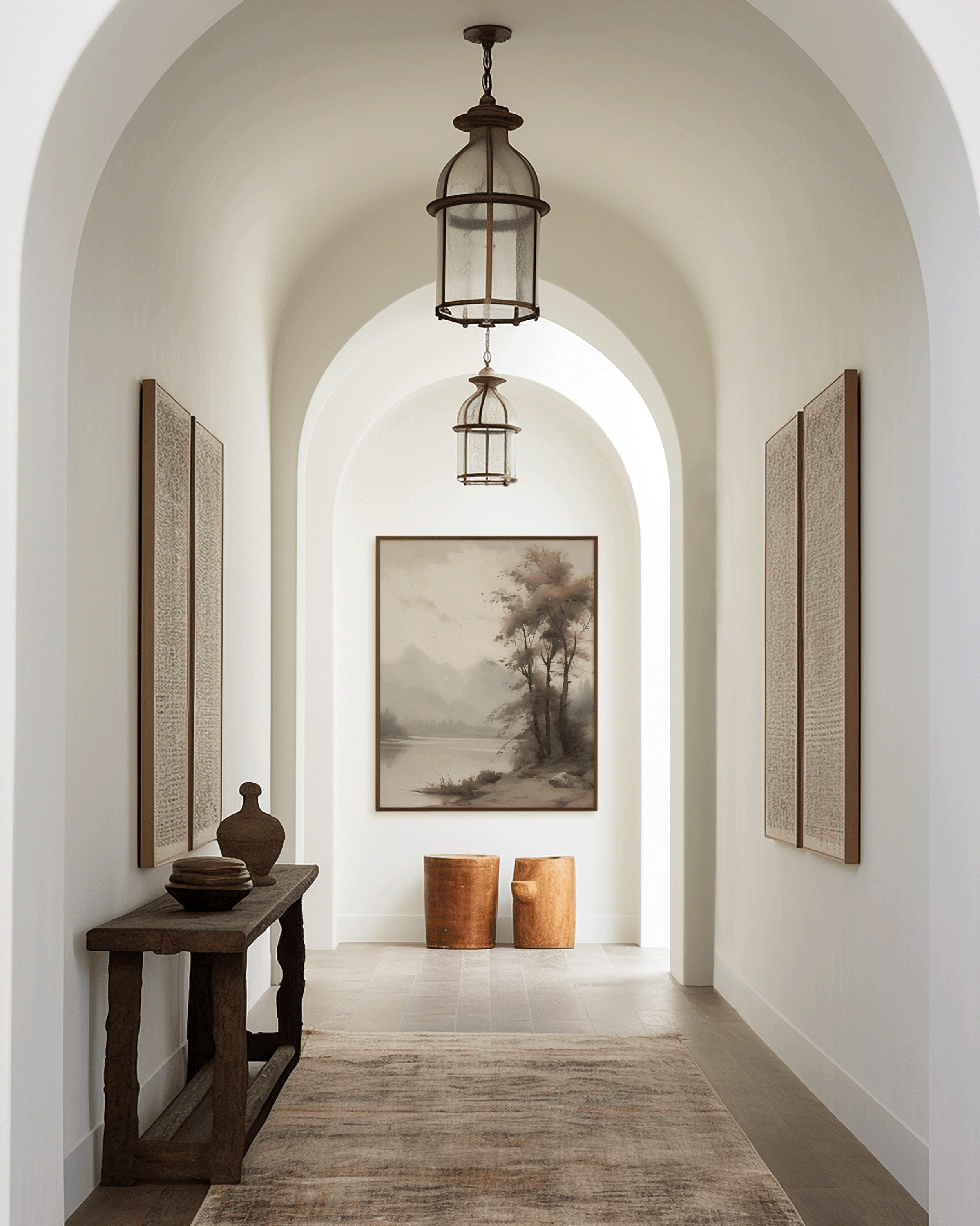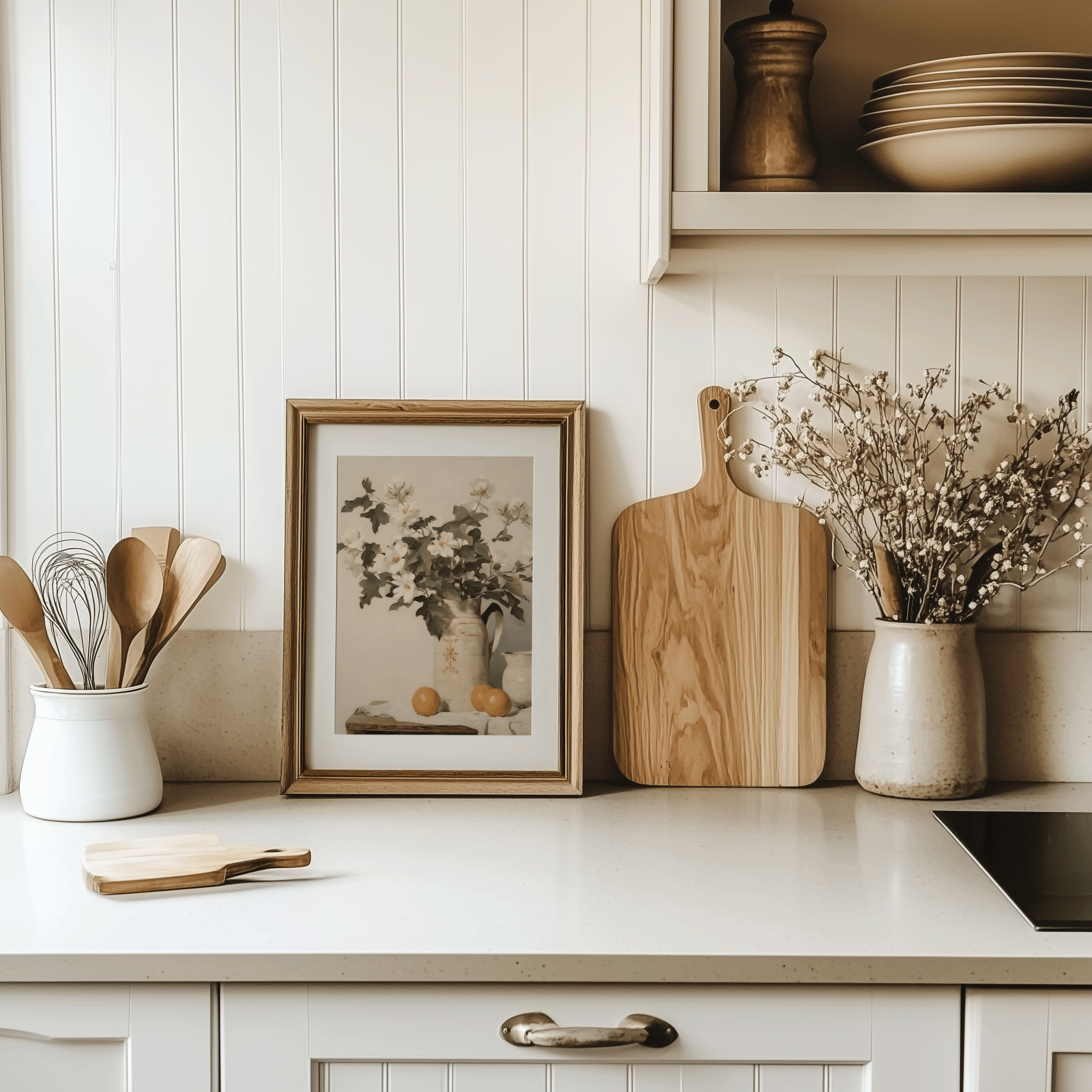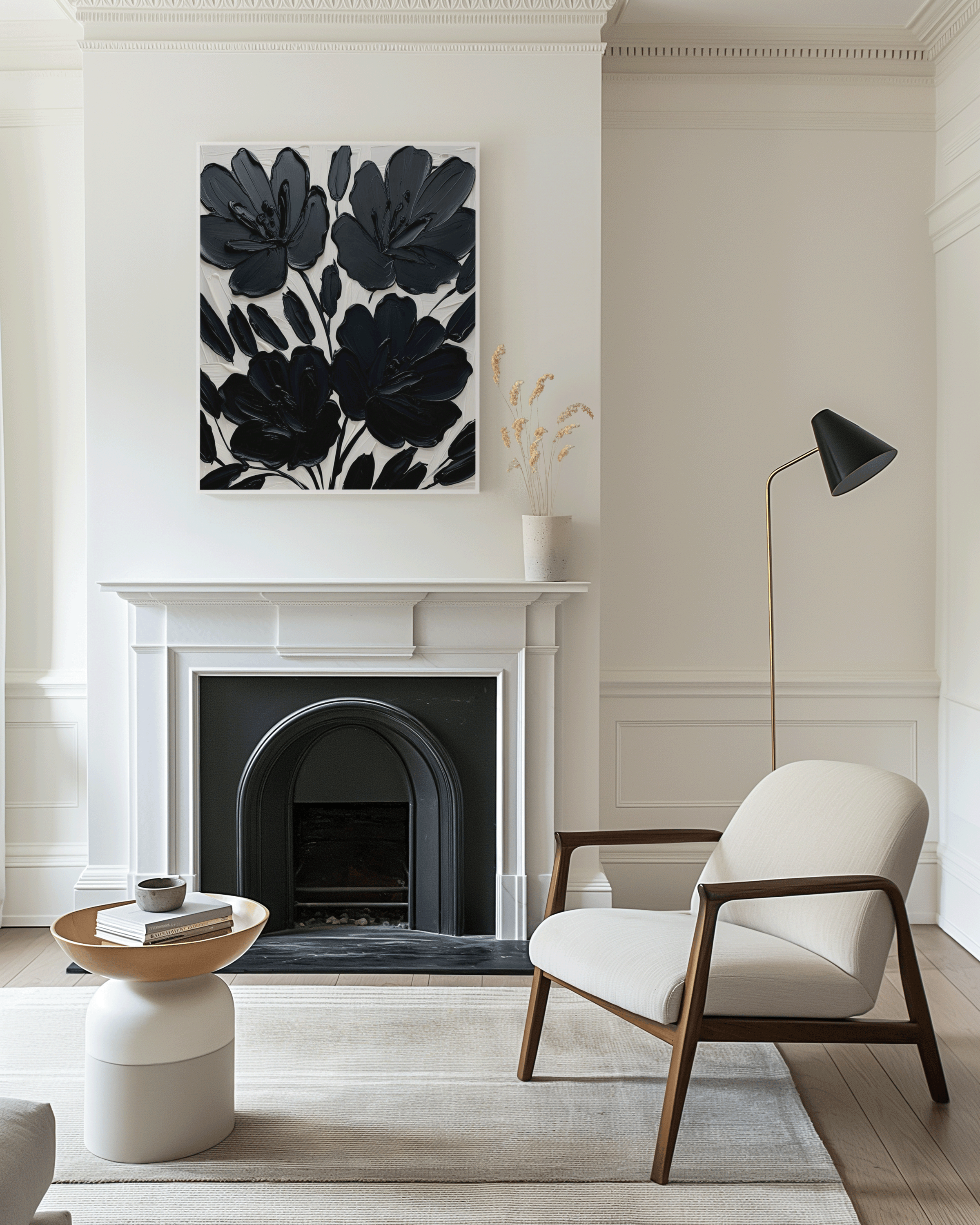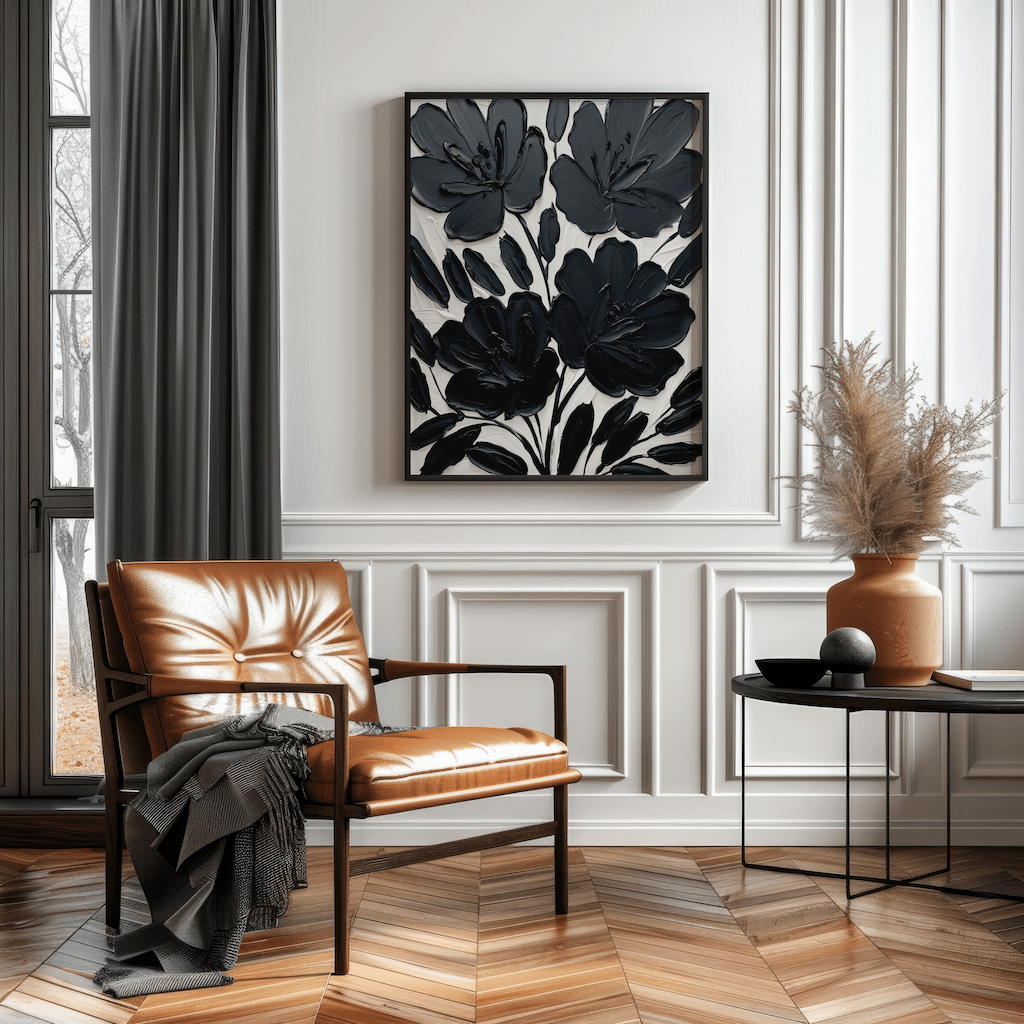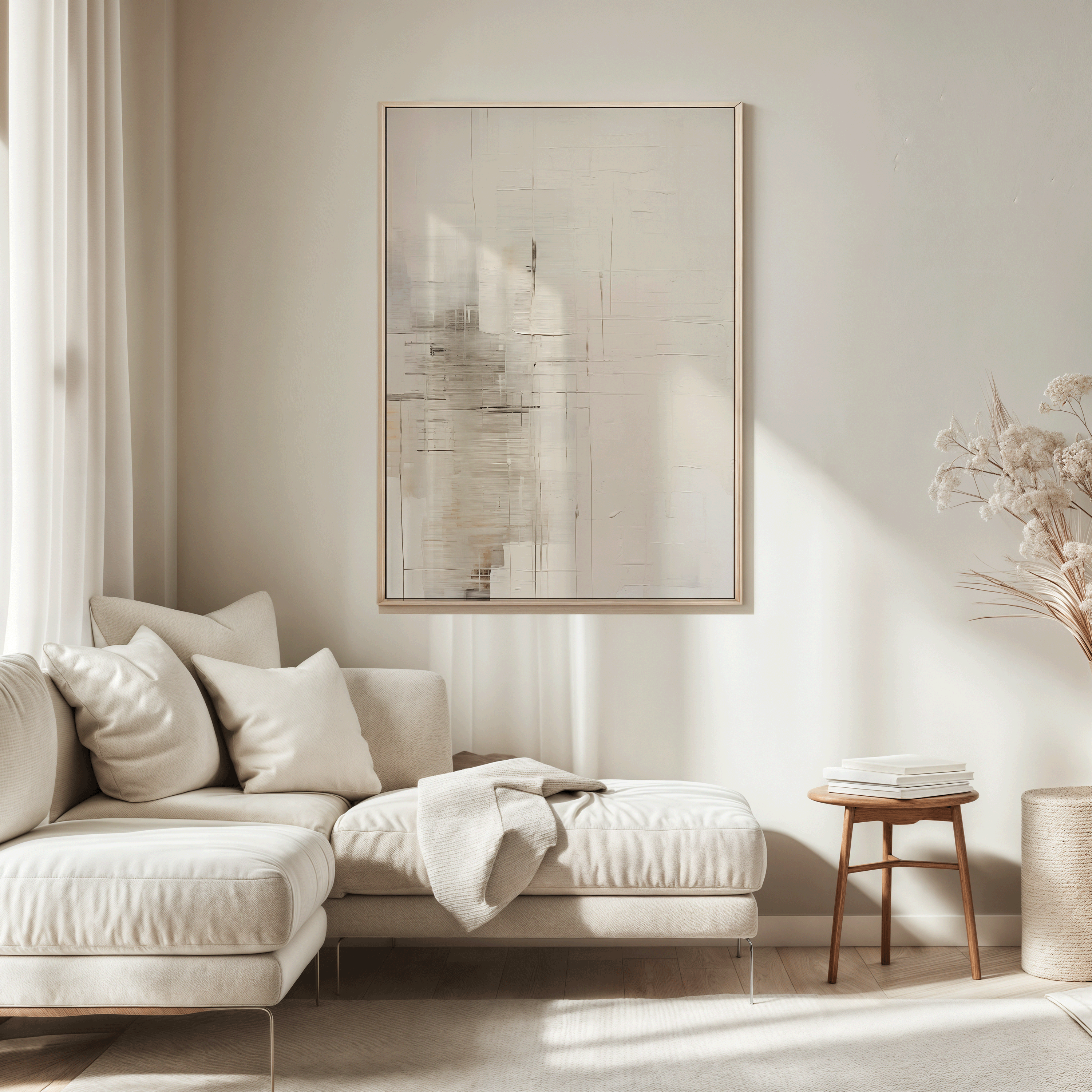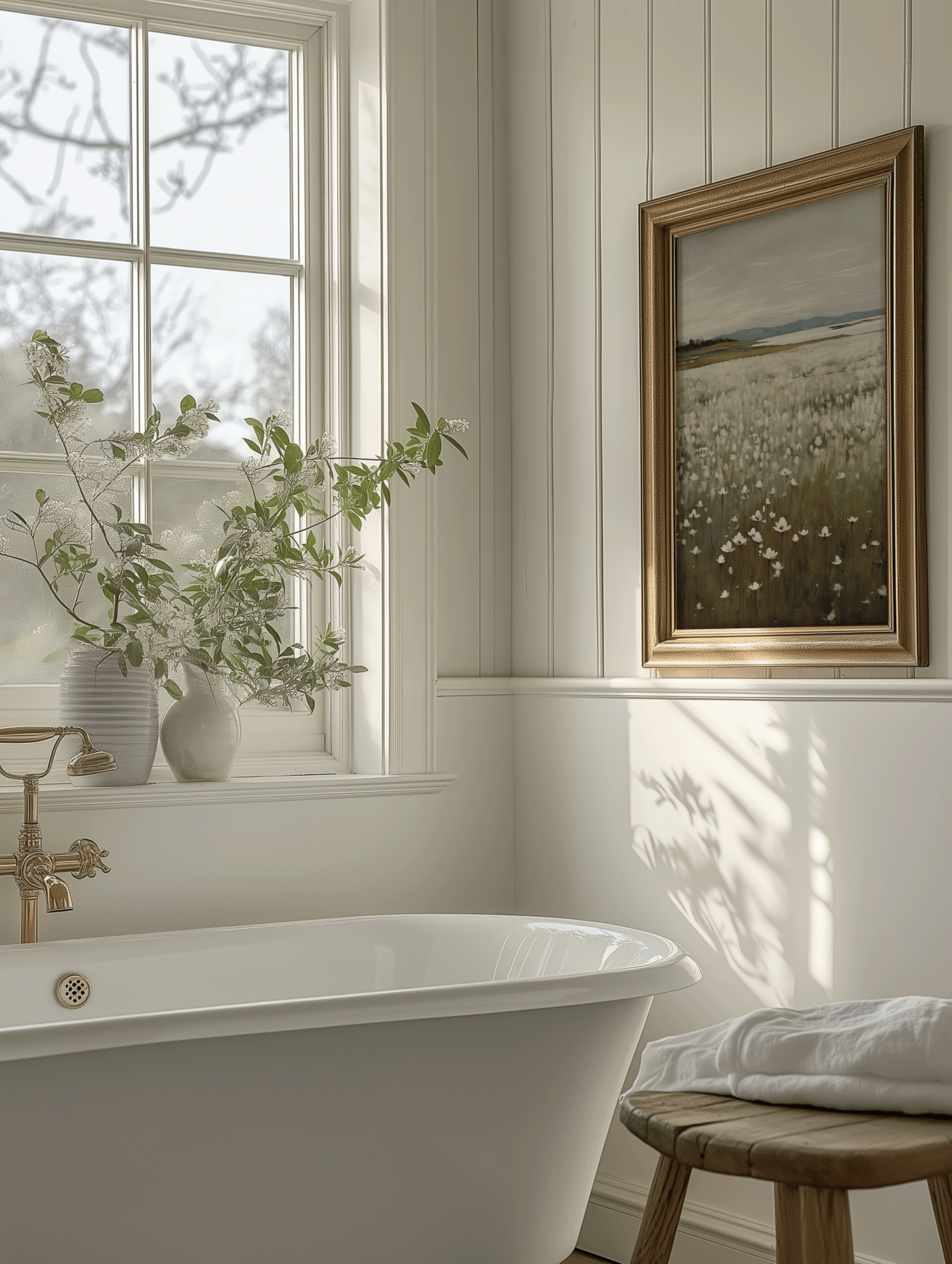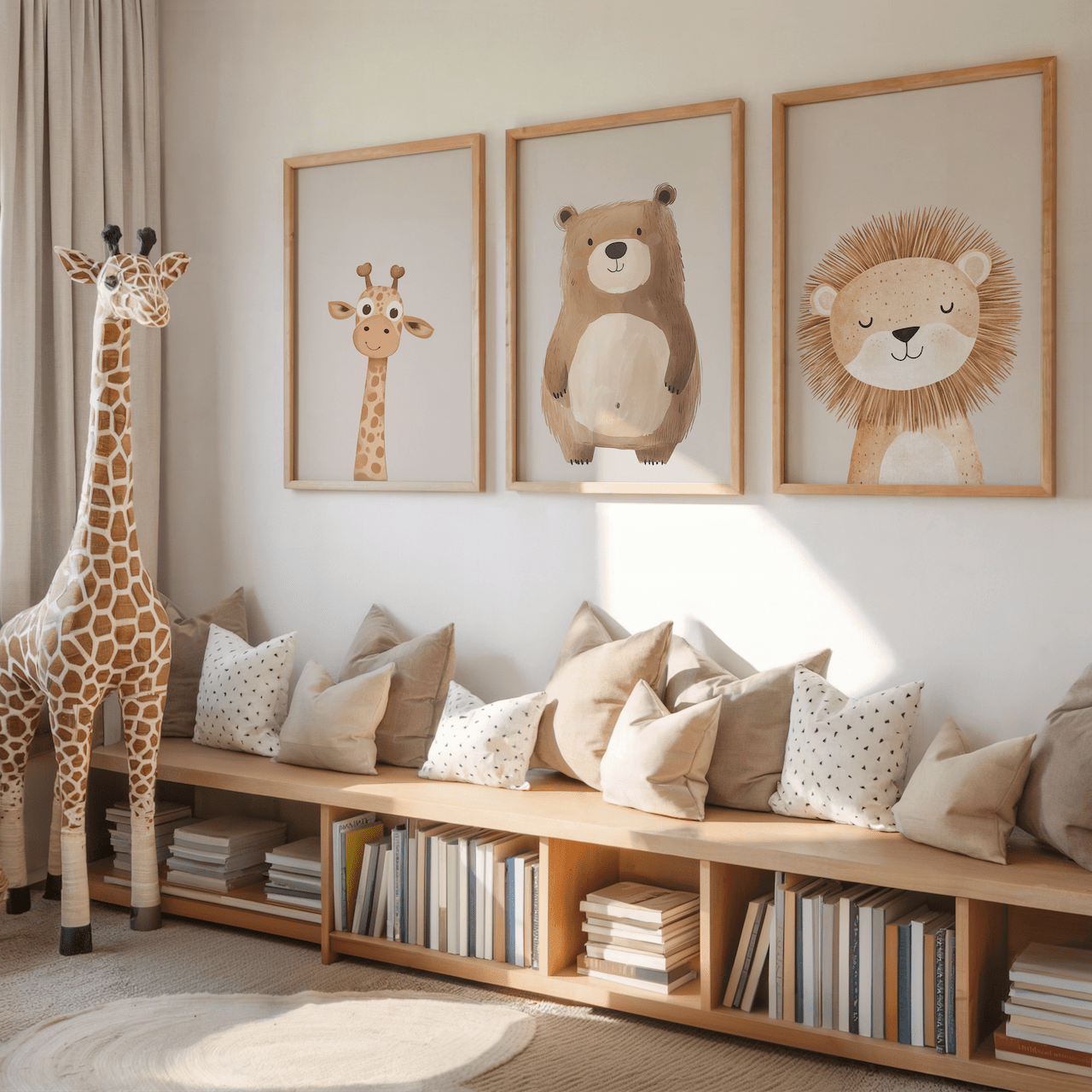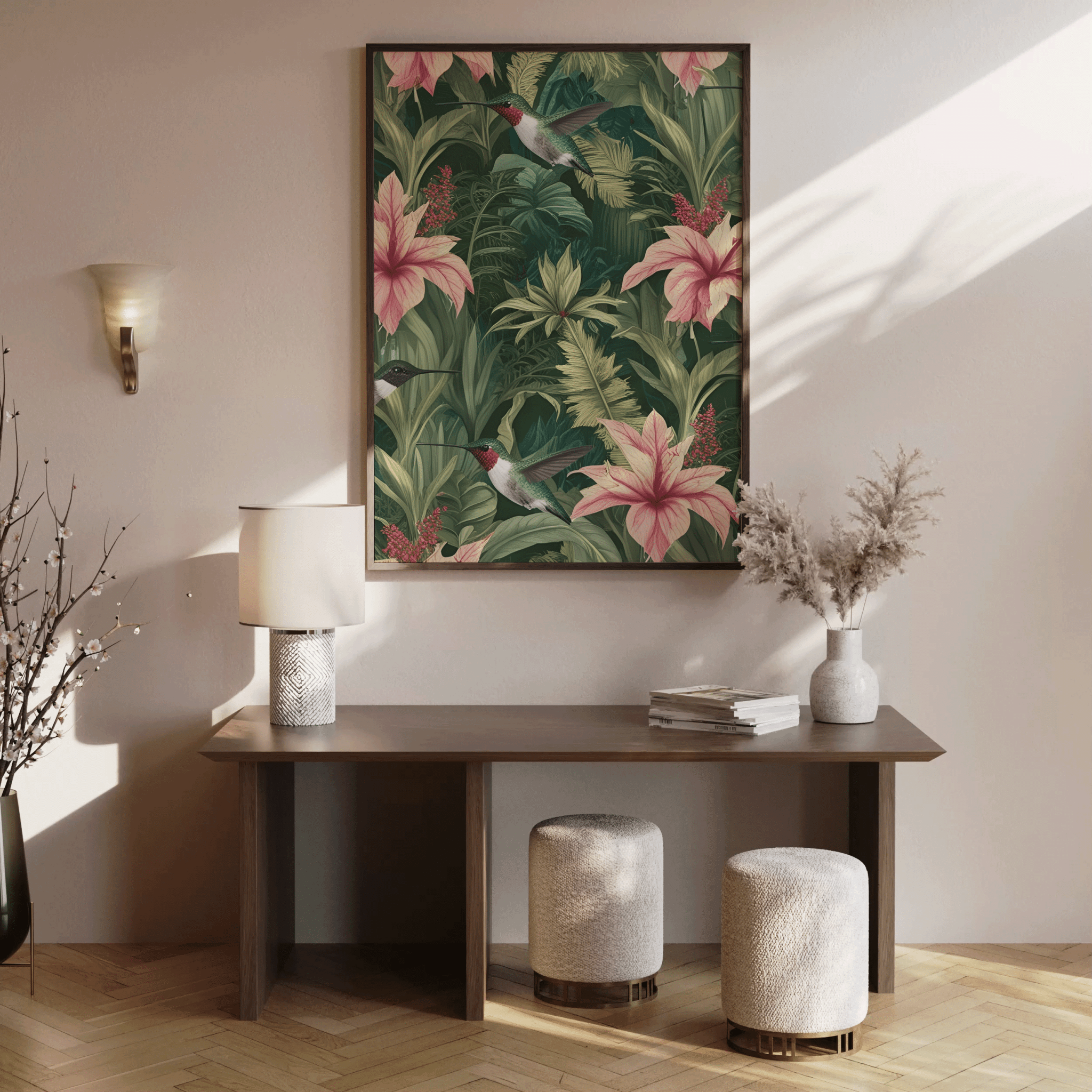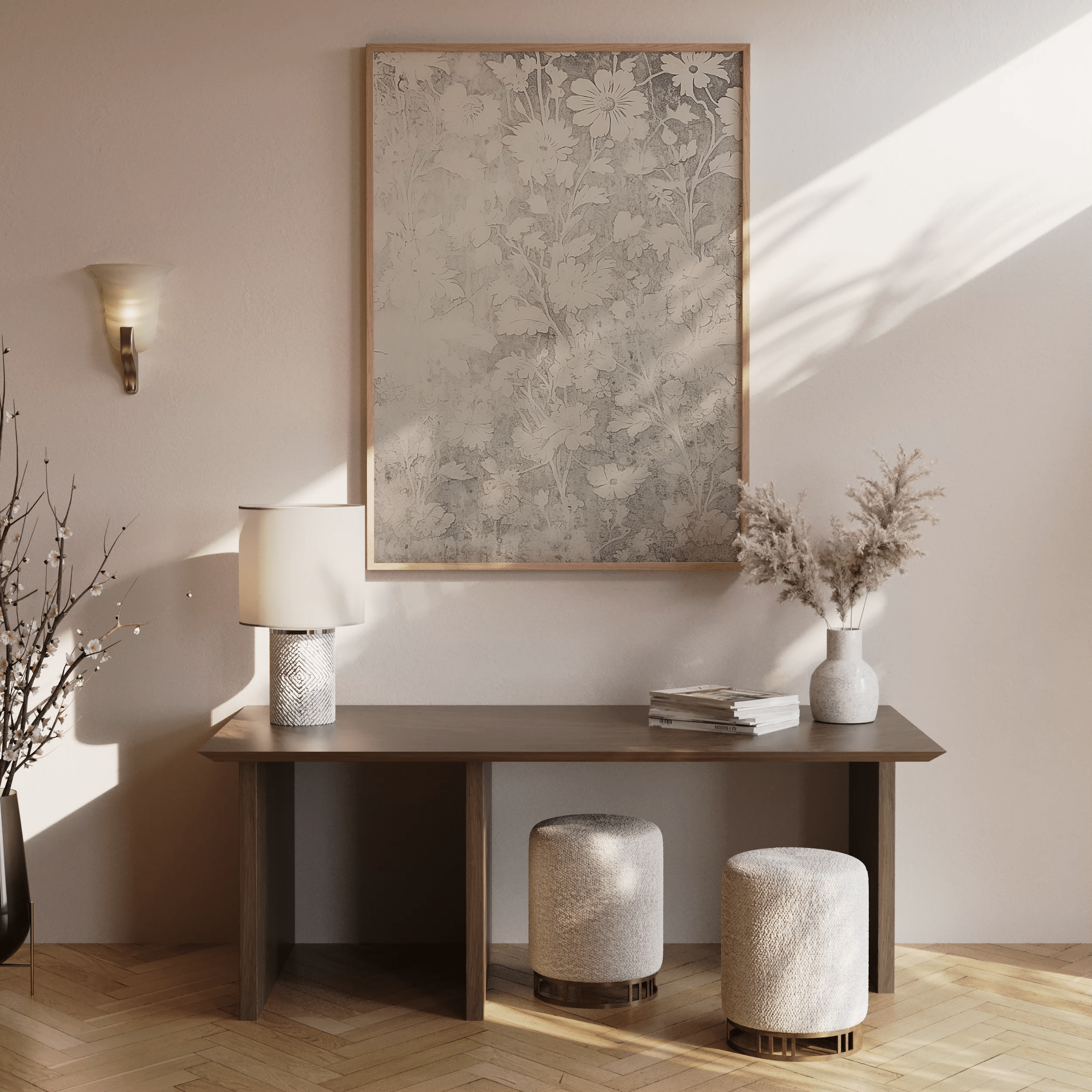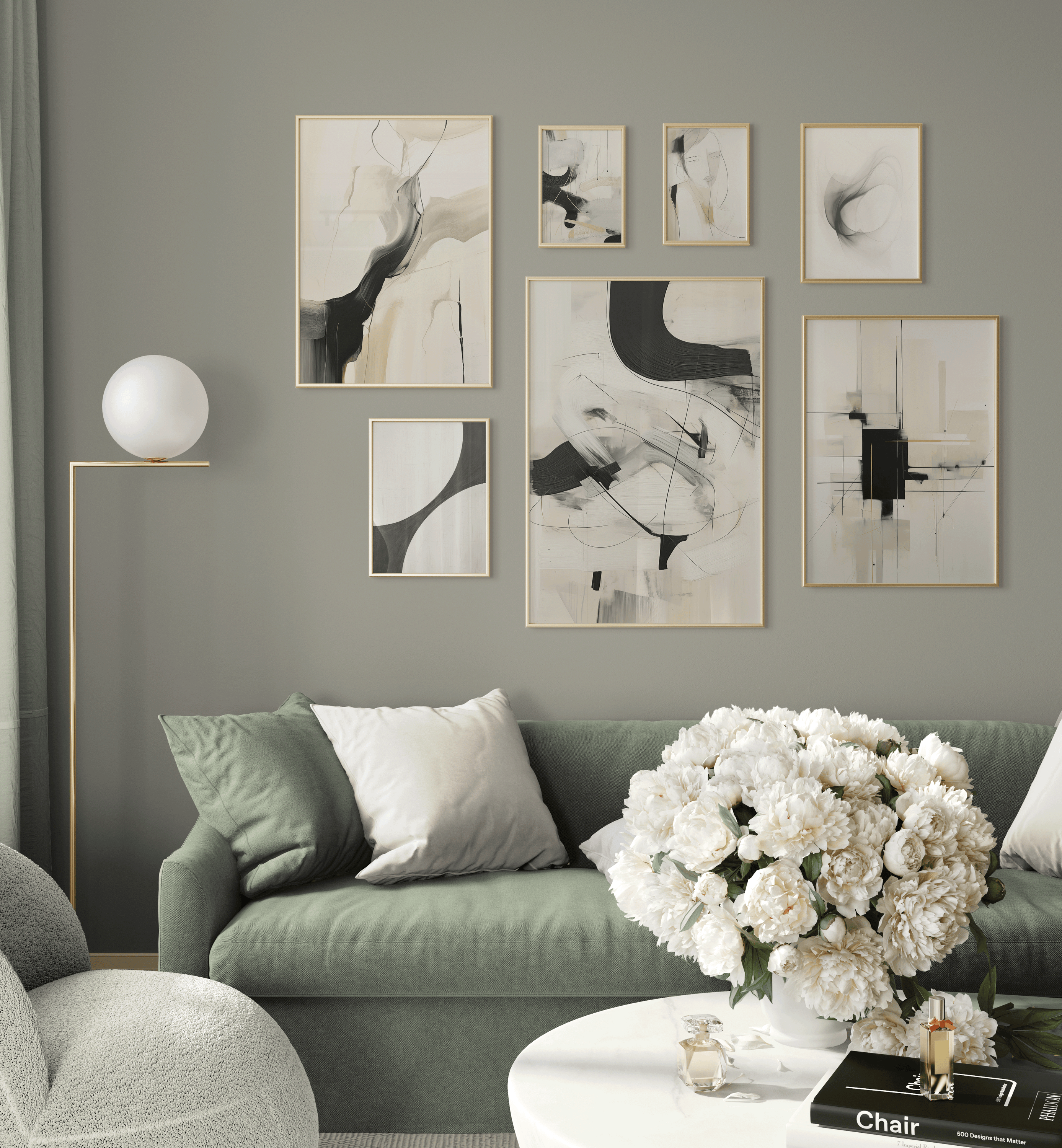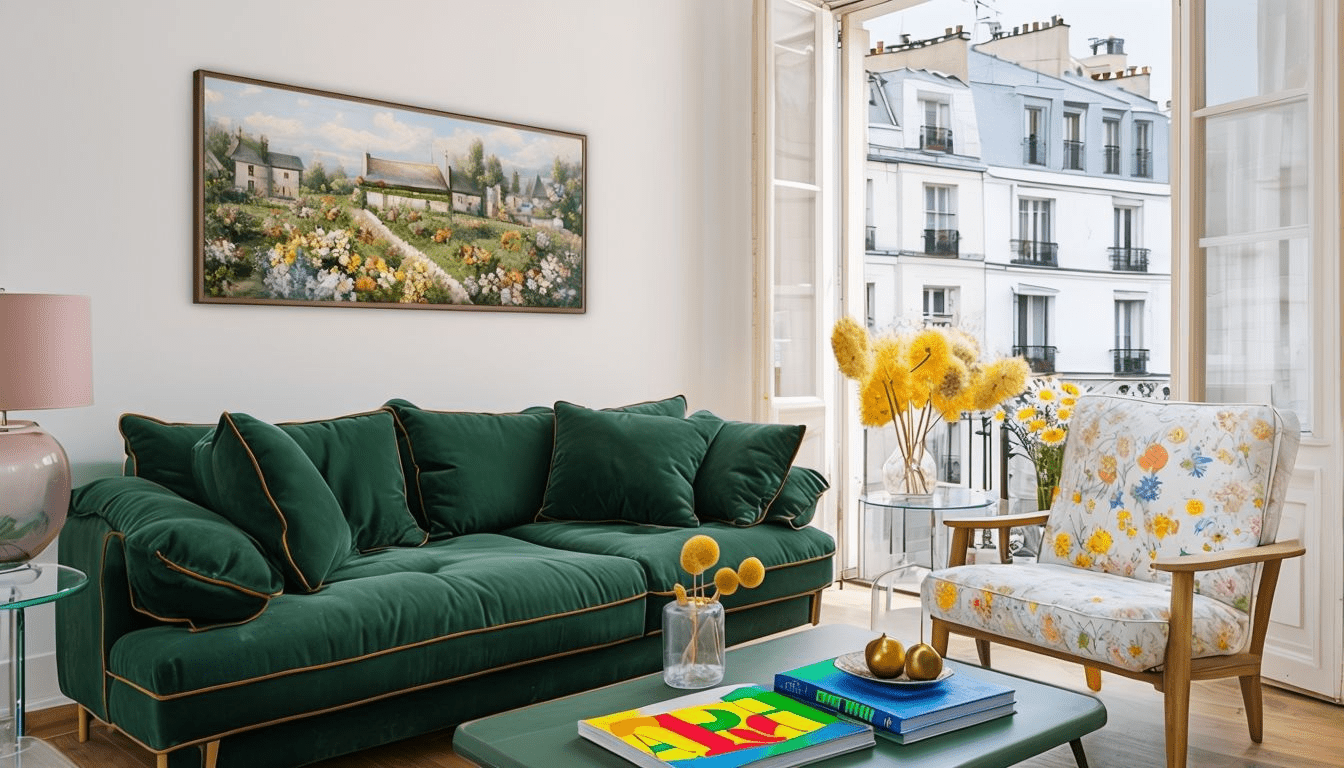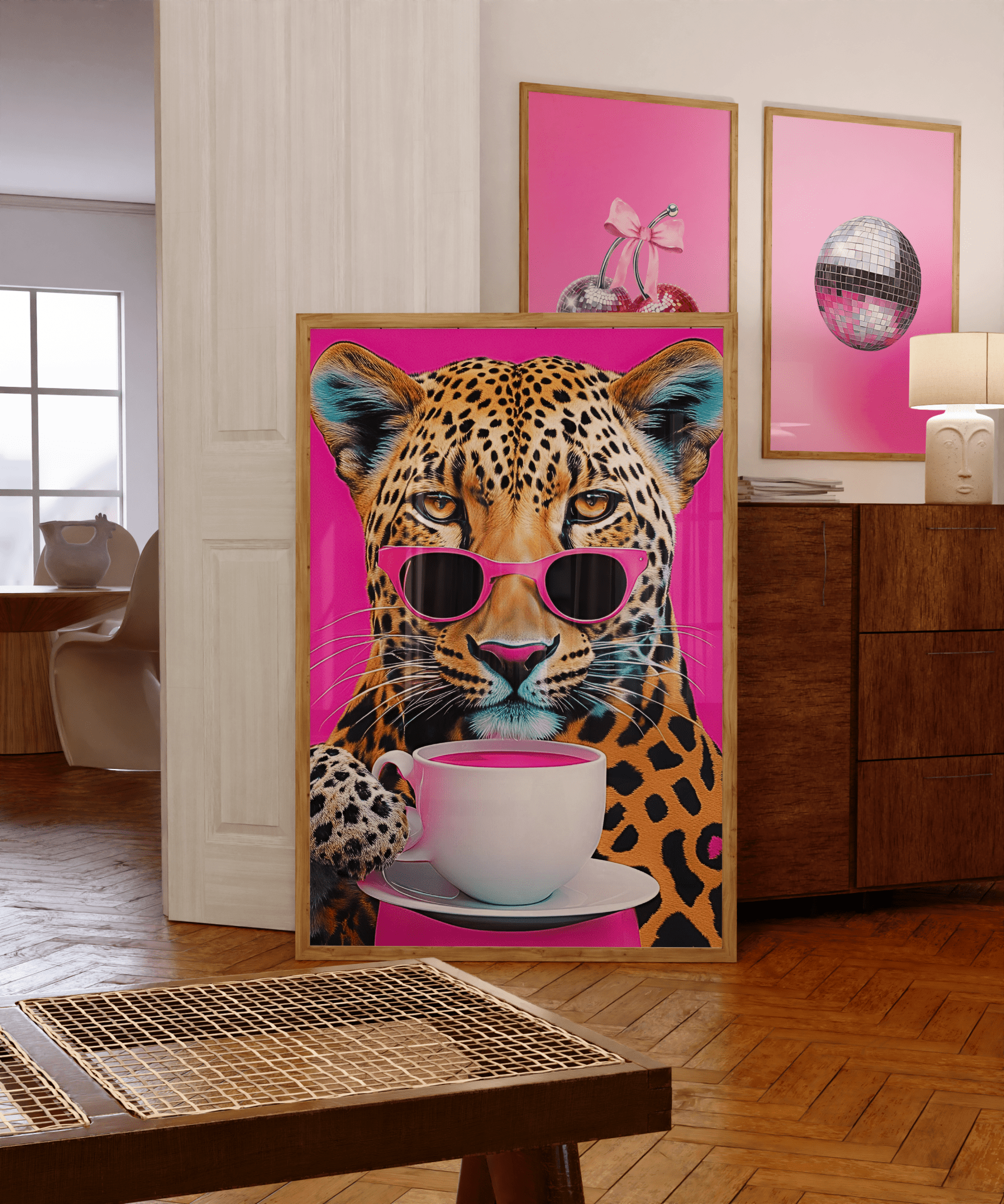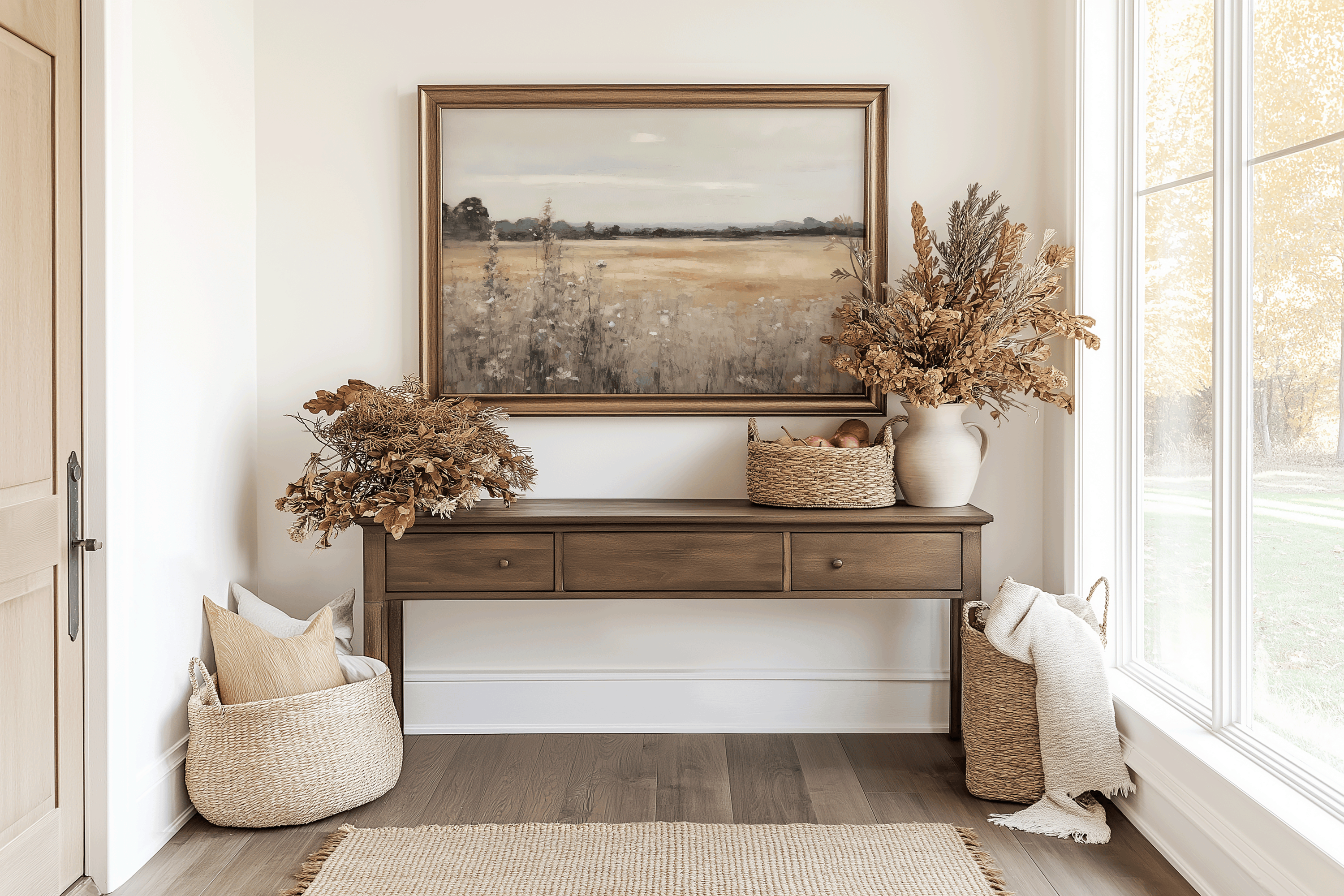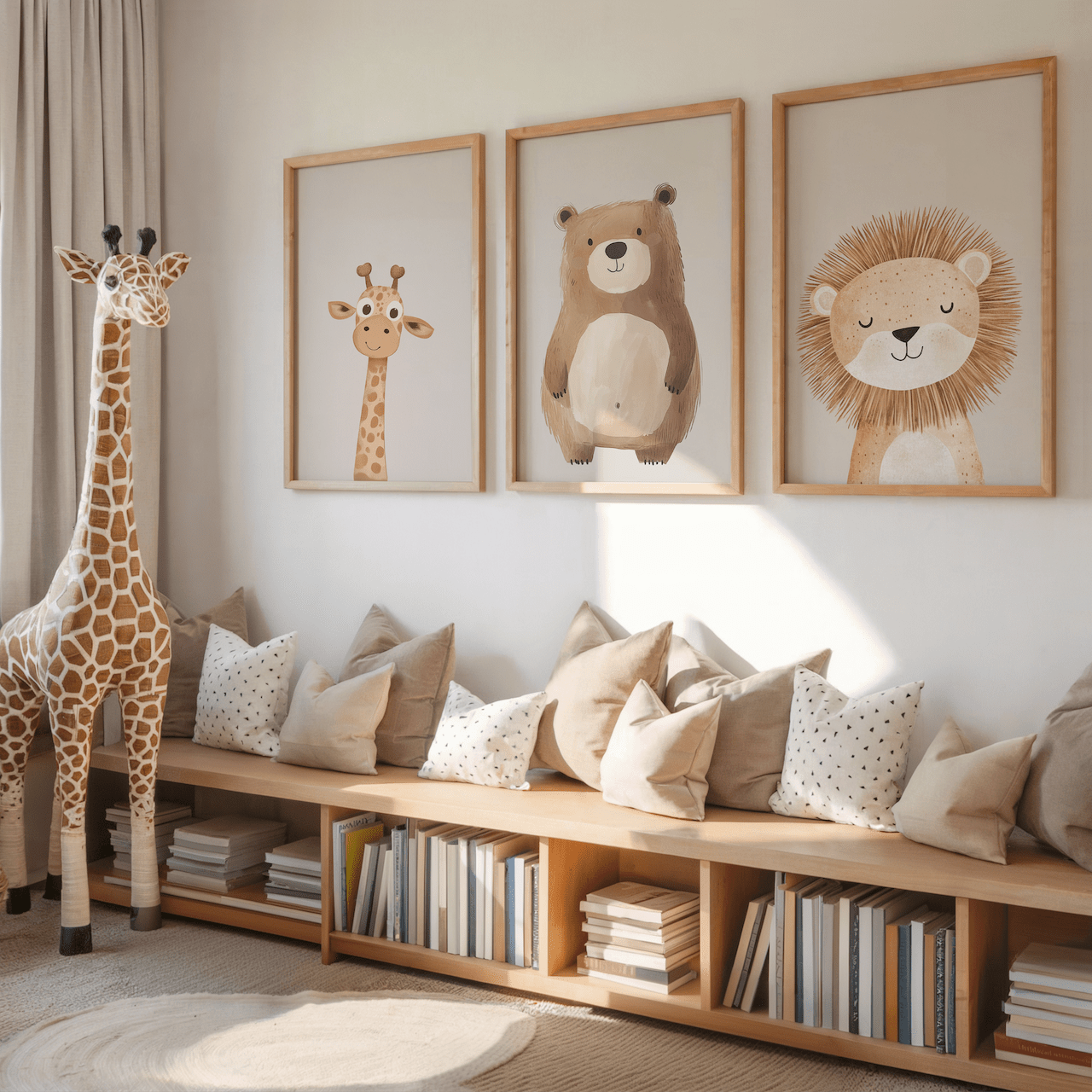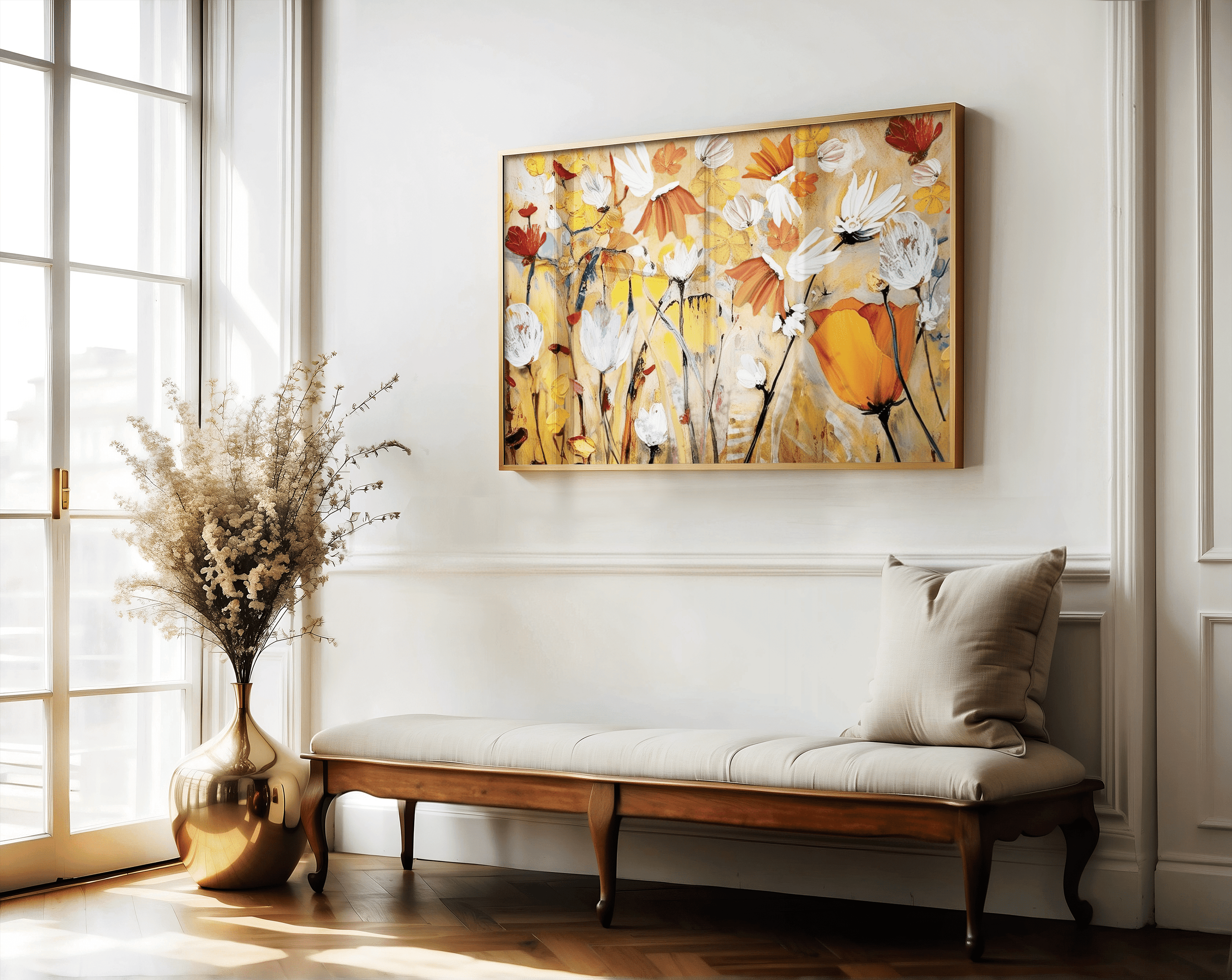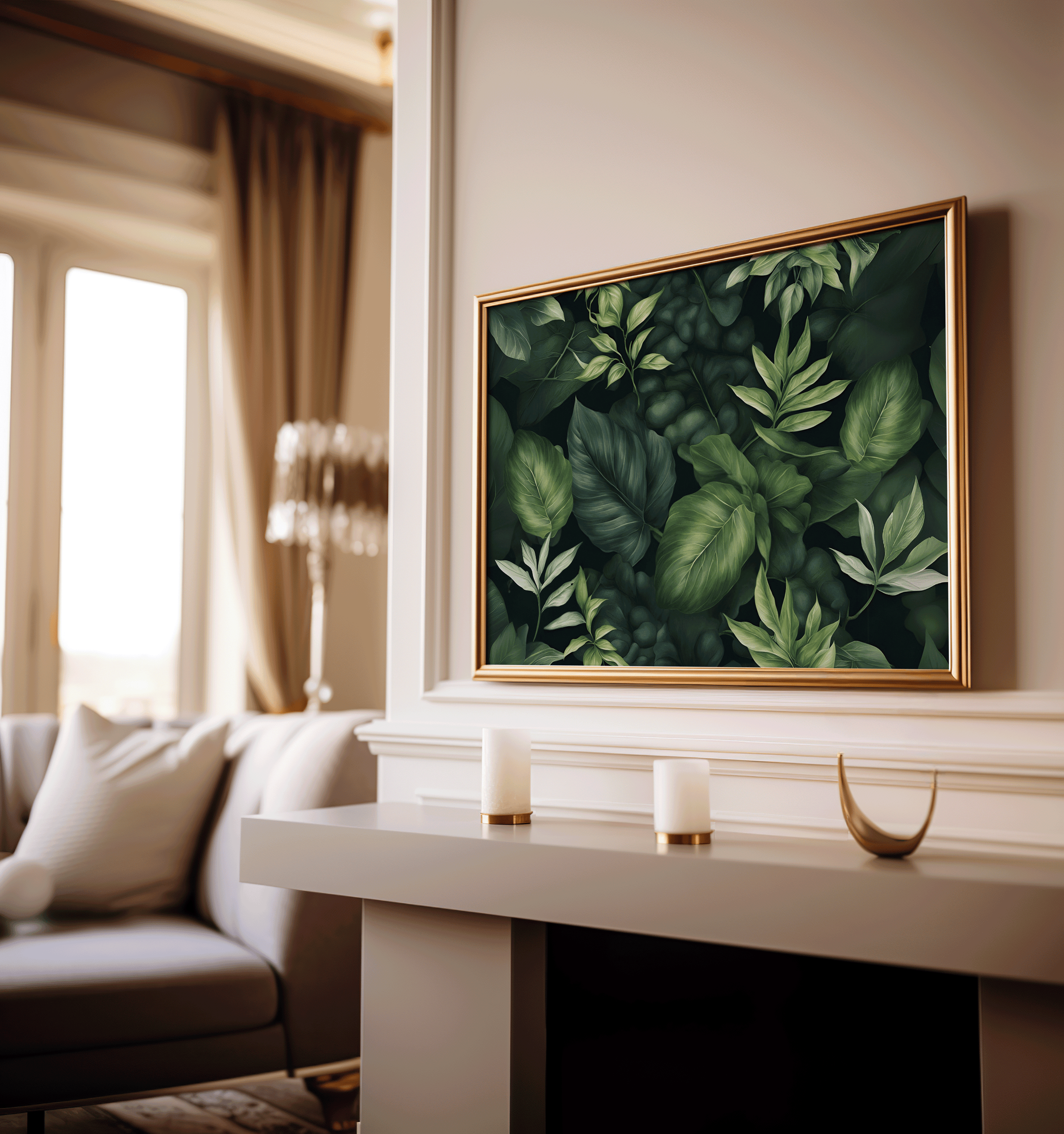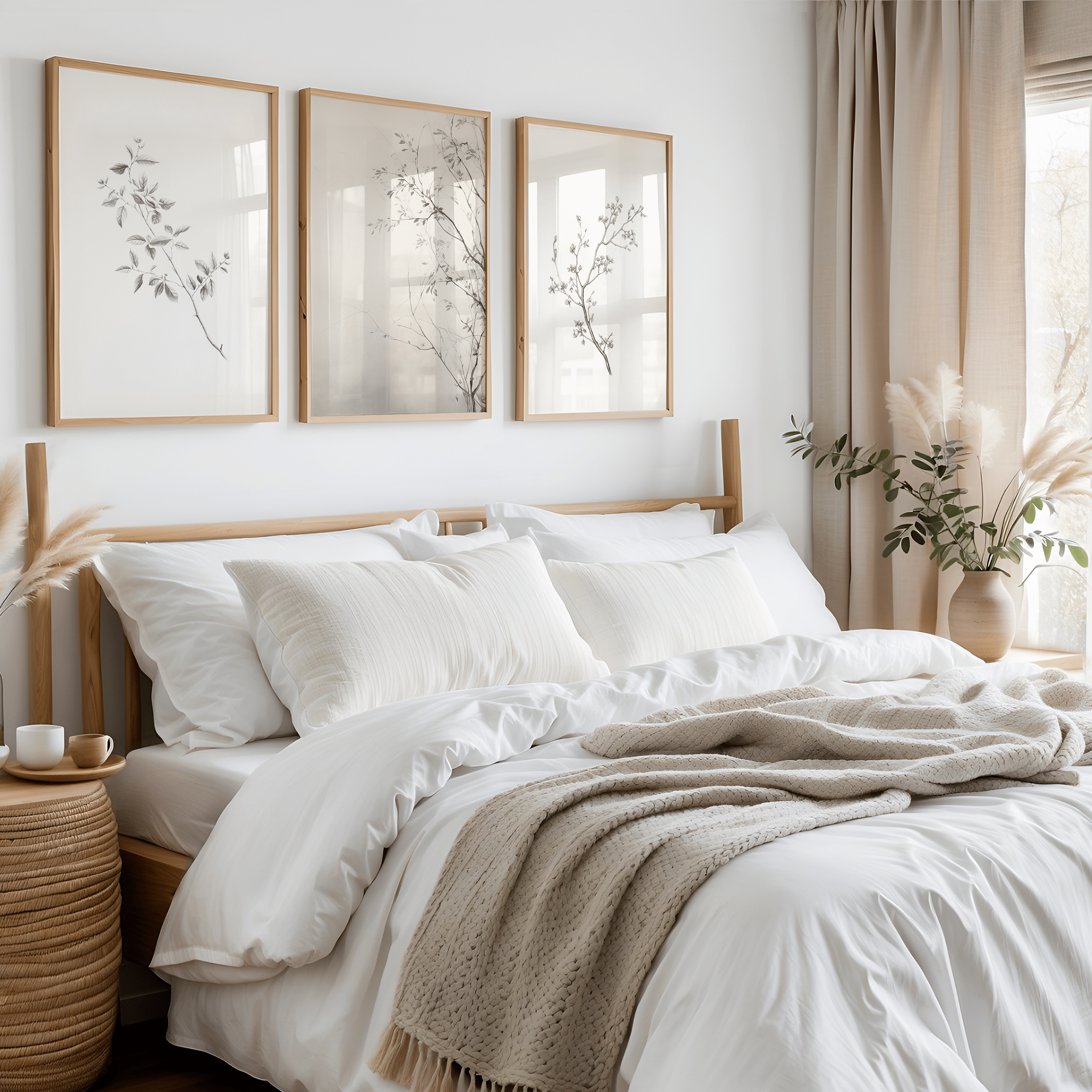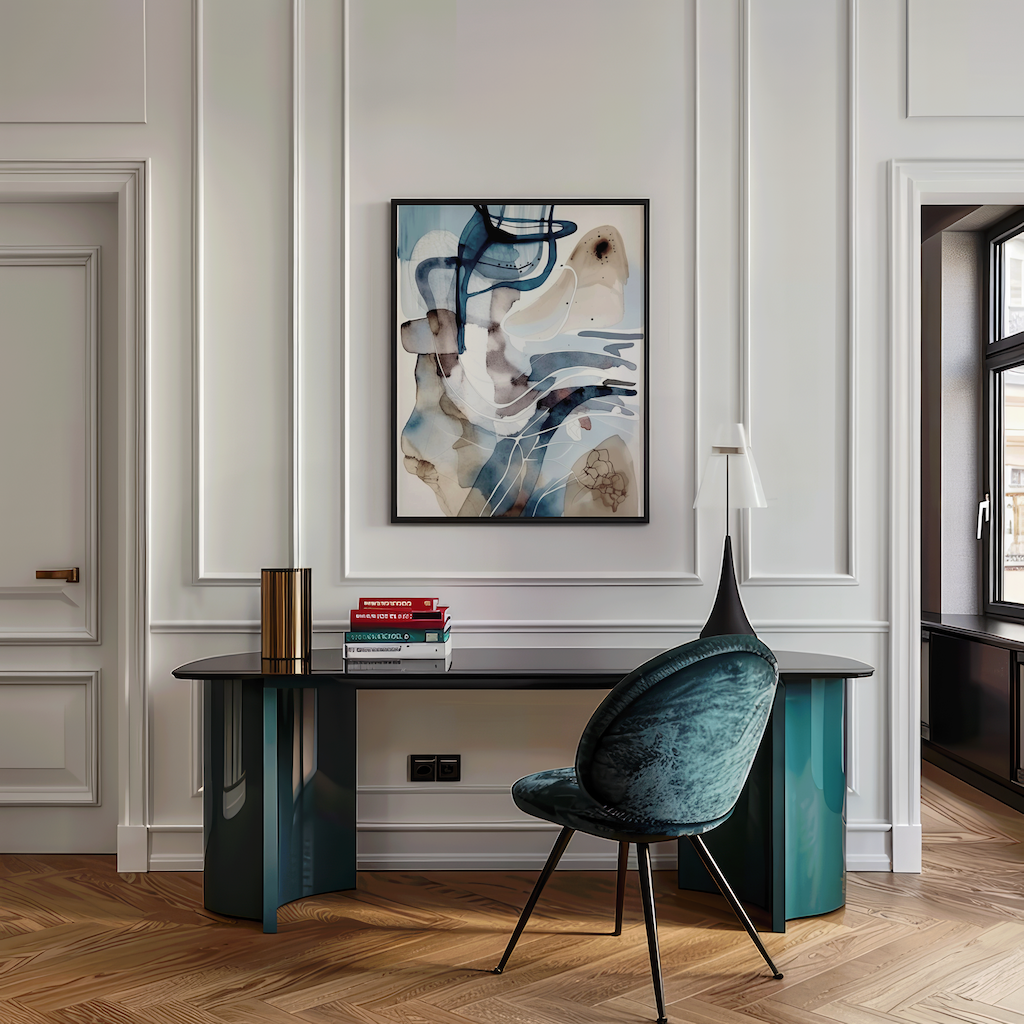Decorating your home with wall art doesn’t have to mean spending thousands on gallery pieces. With the right design choices, framing, and placement, even affordable prints can look like high-end art straight out of an interior design magazine.
Luxury isn’t about price, it’s about presentation. From the frame finish to the lighting that enhances it, every detail can elevate how your art is perceived. Whether you’re styling a minimalist living room or building a statement gallery wall, these expert tips will show you how to make wall art look expensive without overspending.

Key Takeaways
- Choose high-quality canvas prints and professional framing for a luxury finish.
- Proper lighting and placement instantly make artwork feel elevated and intentional.
- Large or oversized pieces create a designer statement wall.
- Coordinating colors and themes bring cohesion to your home.
- Every piece from Buy Wall Art arrives ready to hang, so you can achieve a polished look effortlessly.
Start With Quality Canvas Prints
If you want your wall art to look expensive, start with the foundation: the print itself. High-quality canvas prints mimic the detail and depth of a hand-painted piece, adding dimension to your walls. Cheap prints, on the other hand, can appear flat or washed out, instantly reducing the perceived value of your space.
When shopping for canvas prints, pay attention to:
- Print Resolution (DPI): Aim for 300 DPI for crisp, gallery-quality results.
- Material: Museum-grade cotton or poly-cotton canvas produces the richest colors and vivid detail.
- Finish: A matte finish looks timeless and sophisticated, while gloss can sometimes cheapen the appearance under harsh lighting.
Buy Wall Art’s collection of best-selling prints is curated for this very reason; every piece on our website is printed using fade-resistant inks and archival-grade materials that maintain their richness for years to come.

Shop tip: Explore our Best-Selling Canvas Prints designed to elevate your space with long-lasting, vivid color.
Frame It Like a Designer
Framing is the single easiest way to make wall art look more expensive. The right frame turns a simple print into a statement piece giving it structure, polish, and depth.
When choosing a frame, consider your room’s overall aesthetic:
- Black or gold frames create a dramatic, gallery-style contrast.
- Natural wood frames feel warm and timeless, ideal for Scandinavian or boho interiors.
- Floating frames add a modern, high-end edge while keeping the focus on the artwork itself.
A professional frame doesn’t just make art look better, it protects it. Dust, humidity, and light exposure can wear down unprotected prints over time, so framed canvas wall art remains pristine for years. At Buy Wall Art, each framed canvas arrives ready to hang. No extra hardware or framing required.

Shop tip: Explore our Abstract Wall Art Collection and instantly give your home that designer-level finish.
Use Lighting to Highlight Your Art
Nothing enhances wall art quite like intentional lighting. Even a modest print can look like a luxury piece when it’s properly lit.
Here’s how to make your art shine:
- Picture lights: Mount them above framed pieces to create that upscale, gallery-inspired glow.
- Wall sconces: Flank large artworks or mirrors to add balance and warmth.
- Track lighting: Perfect for highlighting a multi-piece gallery wall or hallway display.
- Warm bulbs: Choose soft white (2700–3000K) for a cozy, elegant tone that flatters your art’s colors.
Lighting adds depth and shadow, transforming how your wall art feels in the room. It draws the eye, enhances texture, and gives your decor an elevated, curated feel, especially in living rooms, dining areas, or entryways.
Shop tip: Pair your favorite prints from our Abstract Wall Art Collection with directional lighting to instantly make them feel more luxurious.
Curate a Gallery Wall for a Designer Look
Gallery walls have become one of the most popular ways to create high-end visual impact without spending a fortune. The key lies in intentional curation, mixing and matching pieces that share a similar tone, color palette, or theme.
Follow these design tips for a gallery wall that looks curated by an interior designer:
- Stick to one color family (like warm neutrals or monochromatic black and white).
- Use consistent spacing between frames (about 2–3 inches apart).
- Mix sizes and orientations for visual interest while keeping balance in mind.
- Incorporate textures, such as pairing canvas prints with framed fine art paper or photography.
A well-balanced gallery wall gives your space personality, depth, and an instant sense of luxury.
Choose the Right Placement
The placement of your wall art can make or break the overall look. A beautiful print hung at the wrong height or in the wrong spot can feel off-balance or underwhelming.
Keep these tips in mind:
- Hang art at eye level, typically 57–60 inches from the floor to the artwork’s center.
- Align art with furniture. For example, center it above your sofa, console table, or headboard.
- In open spaces, cluster smaller pieces to fill a larger visual area instead of leaving walls bare.
Strategic placement gives the impression that your home was styled by a professional. It’s not just about what you hang, but how and where you hang it that elevates your space.
Shop tip: See how placement transforms a room. Explore our Living Room Wall Art Collection for design inspiration.
Go Large for Instant Impact
If there’s one secret interior designers swear by, it’s scale. A large piece of art instantly looks more expensive, even if the print itself is affordable. Oversized wall art commands attention, adds drama, and anchors your room.
Choose one or two oversized pieces instead of several smaller ones for a bold, gallery-worthy effect. Large artwork works especially well in open-concept living rooms, above fireplaces, or behind dining tables.
Pro tip: Leave at least 6–8 inches between the top of your furniture and the bottom of your art for balanced spacing.

Coordinate Colors and Finishes
Luxury decor is all about harmony. Matching tones, materials, and finishes creates a cohesive, intentional look.
If your furniture features warm woods or gold accents, choose art with complementary undertones. Neutrals, black and white photography, or soft abstract patterns can make your space feel high-end and curated.
Alternatively, for modern interiors, go with cool metallics, minimalist frames, or bold abstract prints with clean lines.
Even something as simple as matching your wall art frames to your light fixtures can make the room feel unified and upscale.
Shop tip: Find inspiration in our Minimal Wall Art Collection — timeless tones designed for sophisticated interiors.
Combine Textures for Depth
Another hallmark of expensive-looking spaces is layering. Mix materials and textures, such as canvas prints, framed art, mirrors, and sculptural decor, to create depth.
The contrast of matte and metallic finishes, rough textures against smooth surfaces, or bold art beside minimal prints adds dimension to your space.
Layer a large unframed canvas behind a smaller framed piece for a casual yet luxurious composition.
Keep It Minimal but Intentional
Expensive doesn’t mean cluttered. Luxury design thrives on minimalism, letting each piece of art breathe and stand out.
Leave enough negative space around your artwork, avoid overloading your walls, and select only the pieces that truly speak to your aesthetic. Quality over quantity is what gives your home that refined, editorial look.
FAQs - Making Wall Art Look Expensive
What makes wall art look expensive?
High-quality materials, professional framing, intentional placement, and cohesive styling all contribute to a luxury look.
Does framing make art look better?
Yes! Frames add structure, protection, and visual weight, instantly enhancing the perceived value of your artwork.
Should I choose canvas, fine art paper or poster prints?
Canvas prints give you a high-end, gallery-quality finish that instantly elevates a room. Fine art paper prints look refined and professional when framed, while poster prints are a budget-friendly option for temporary or informal spaces.
How do I style multiple prints together?
Stick to a color palette or theme, use consistent spacing, and balance large and small pieces for a cohesive look.
What size wall art looks luxurious?
Larger artwork (24x36” and up) tends to look more custom and designer-made, making your space feel elevated.
Elevate Your Walls With Designer-Quality Canvas Prints
Making your wall art look expensive doesn’t have to mean spending more; it’s about choosing smart, intentional design elements. High-quality canvas prints, premium frames, balanced layouts, and cohesive color palettes can transform your space from simple to sophisticated.
Whether you’re styling a modern condo or a cozy home, choose art that reflects your personality and quality that lasts.
Shop our Best-Selling Wall Art Collection — premium canvas prints and framed designs that look effortlessly luxurious and arrive ready to hang.
